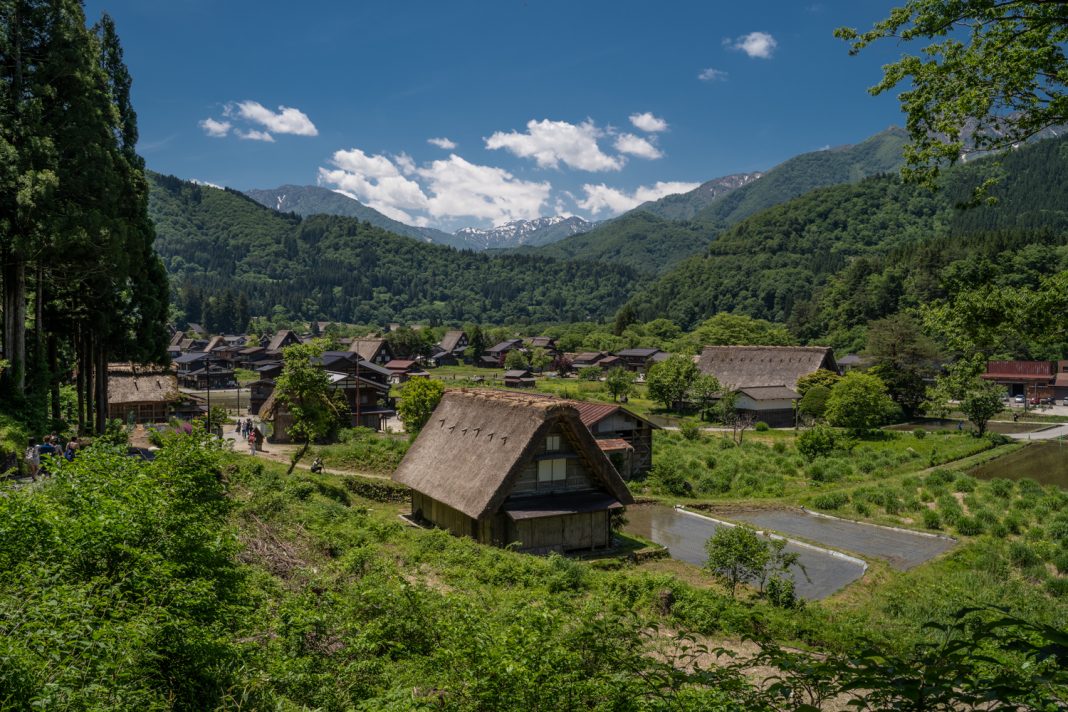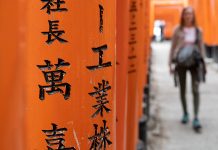Japan is having a travel heyday right now – and rightfully so – it’s an incredible country. In fact, it’s one of my favorite countries to travel to. However, in my quest to find the lesser-traveled places wherever I go, I spent a lot of time in Japan off the beaten path on multiple trips to Japan!
I’ll give you ideas on going beyond the traditional Tokyo to Kyoto route and getting away from the crowds. I’ll introduce you to some favorite hidden gems from my travels in Japan, from the stunning Iya Valley in Shikoku to the horse culture of Tokachi to the snow-capped Japanese Alps and the wild coastline of Tohoku. These places live in the shadows of Japan, which few international visitors know about.
Overtourism in Japan
According to the Japan Tourism Agency, the number of visitors to Japan has returned to pre-pandemic levels, with over 17 million people visiting between January and September 2023. The downside to these visitors is that they tend to flock to all the same cities; Tokyo, Kyoto, and Osaka. These cities are phenomenal; however, they are crowded. The influx of tourists also brings increased petty crime, waste management issues, noise pollution, and overcrowding, which can negatively affect the environment and disrupt the lives of locals.
Tourists in Japan also tend to flock to Mt. Fuji. However, so many people climbed the iconic Mt. Fuji, queues were at the top, and the environment was damaged.
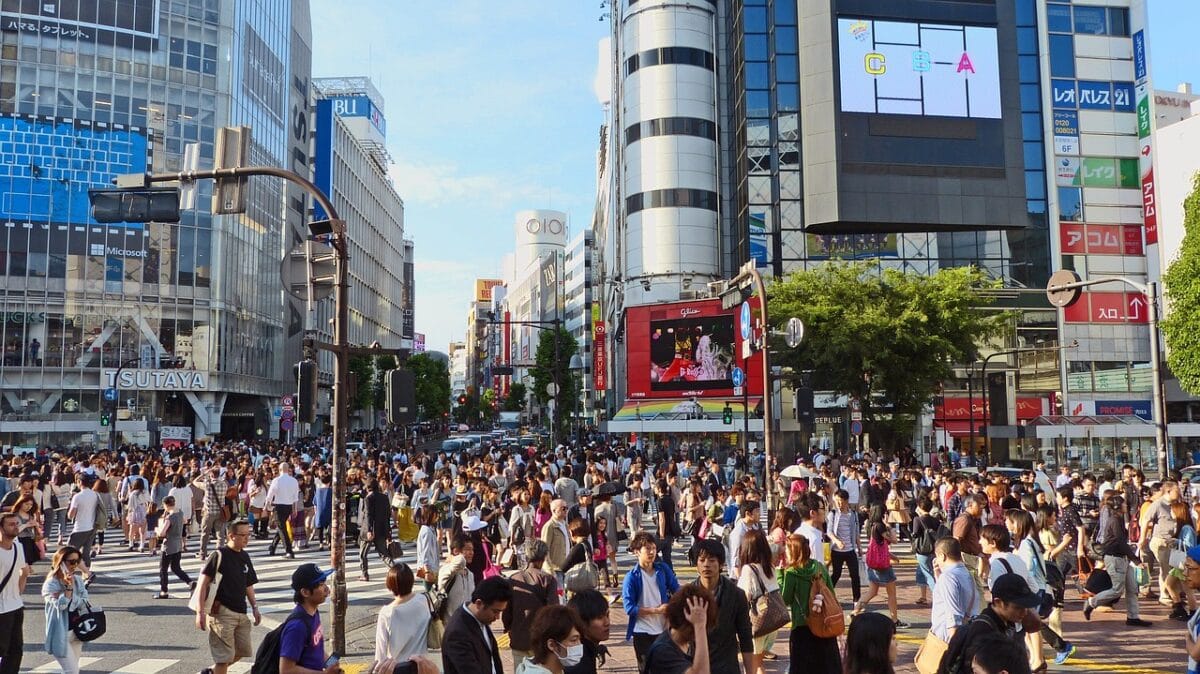
This has led the Japanese Tourism Agency to create measures to ease this overtourism. They recently designated 11 locations across the nation as “model tourism destinations“, hoping to encourage overseas visitors to explore beyond metropolitan areas while in the country.
In that vein, I too have identified a few of my favorite Japan off-the-beaten-path destinations! Finding unique travel experiences and lesser-traveled regions in the world is my specialty. After extensive trips to Japan, I have always enjoyed these smaller villages, and lesser-known prefectures to the more popular ones.
I hope you can experience a more tranquil, less populated side of Japan that immerses you further into its unique Japanese culture.
Add These Hidden Gems to Your Japan Itinerary
I haven’t been everywhere in Japan, but I have been to each of the places listed below. Some are more hidden than others, but all of them are great options to add to any Japan itinerary so that you can be sure to experience the slower, lesser-known side of Japan in addition to places like Tokyo and Kyoto. Actually – I also provided an off-the-beaten-path Tokyo neighborhood in this list!
Some of these destinations are very specific areas within a prefecture, and some are larger regions you can travel through that are less traveled as a whole. Thanks to Japan’s incredible transit options – all of these lesser-known destinations are accessible by public transit. Isn’t that incredible?!
Map of Japan Off the Beaten Path Recommendations
Tokachi – Hokkaido Prefecture
We’ll start at the northernmost part of Japan – Hokkaido. Most people stick to Sapporo, the capital city of Hokkaido prefecture. Tokachi is an area of southeastern Hokkaido surrounded by national parks. It felt like the Midwest of Japan with its landscapes dotted with small farms. The largest city in Tokachi is Obihiro, where I was based during my visit.
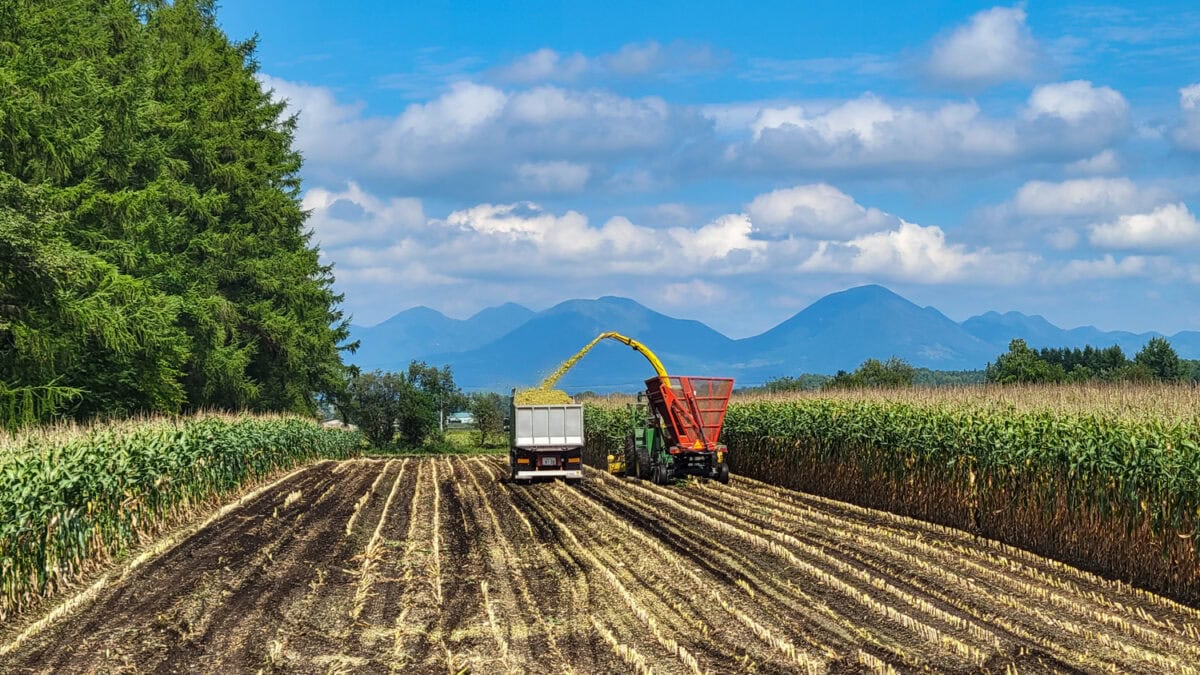
Things to do in Tokachi off the Beaten Path
Let’s be real – simply by going to Tokachi, you are far off the beaten path. Very few international visitors ever visit here, which means it feels untouched in a way.
It’s worth spending a day or so just checking out Obihiro with its lovely parks and the Obihiro City Museum. Plus, since Obihiro is famous for its food, be sure to try “buta-don” (pork rice bowl), a local specialty. Also, try “katsu-don” (breaded pork cutlet over rice) at one of the city’s many restaurants.
If you like mixology or Japanese Whiskey, then make sure you stop at A Glass Shot Bar. You’ll meet the owner and award-winning bartender there, who mesmerized me with his mixology skills and techniques. We could only communicate through Google Translate and a few props.
If you are looking for something unique, Banei Horse Racing is the only race of its kind in the world and takes place in Obihiro. Large draft horses race on a special course in a 200 m straight line while pulling an iron sled that weighs up to 1 ton. And to make it even more special, spectators can run and cheer on the side of the course with the horse.
This is also a great chance to experience more of the Ainu indigenous culture that exists in Hokkaido. The local Obihiro Ainu culture preservation society is starting to offer tourists cultural experiences to better understand the original Japanese history.
Make sure you get out into the rural areas that Tokachi is famous for via a cycle tour through the agricultural countryside. You can experience Tokachi’s uniqueness with all five senses as you meet farmers, walk through the fields, and taste the local produce, all while traveling by bike.
Don’t miss your opportunity to soak in a rare moor hot spring in Tokachi. Tokachigawa Onsen is a “moor hot springs” with a high content of organic substances, including plants. Its high levels of organic plant matter give the water a brown and red color, and it is known to leave the skin feeling soft and smooth.

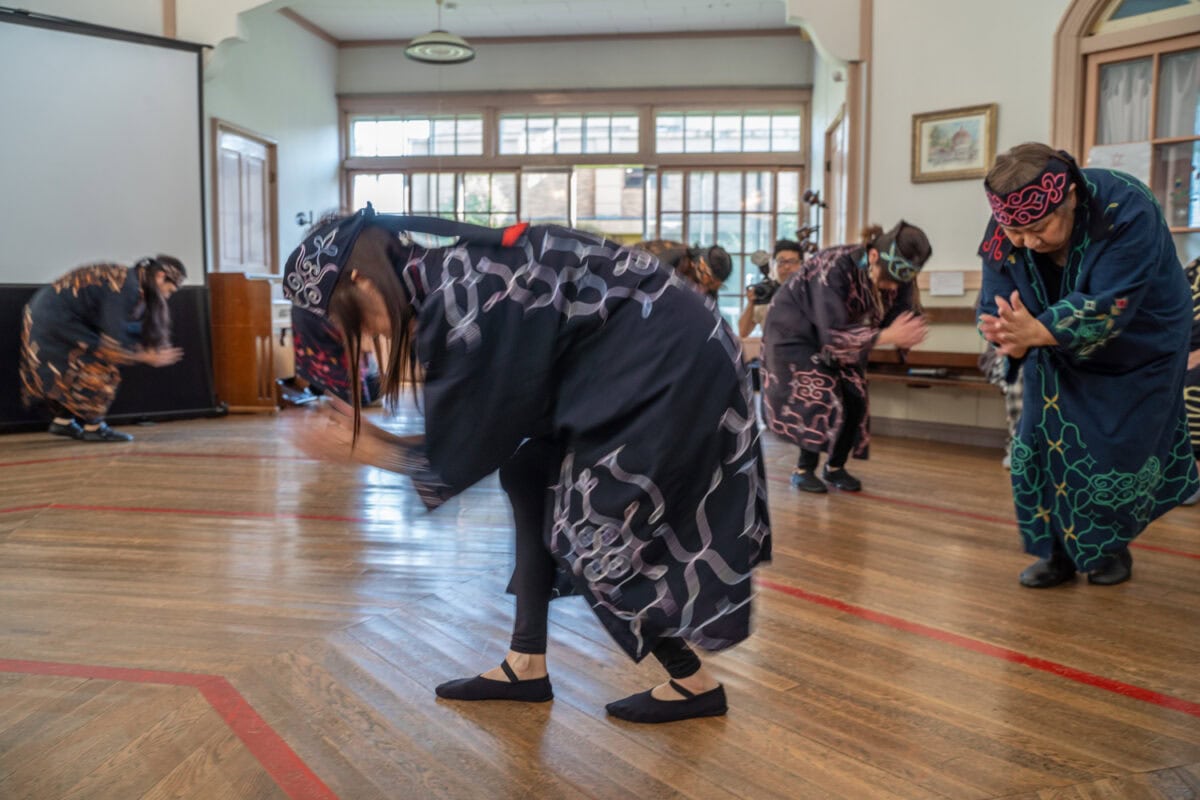
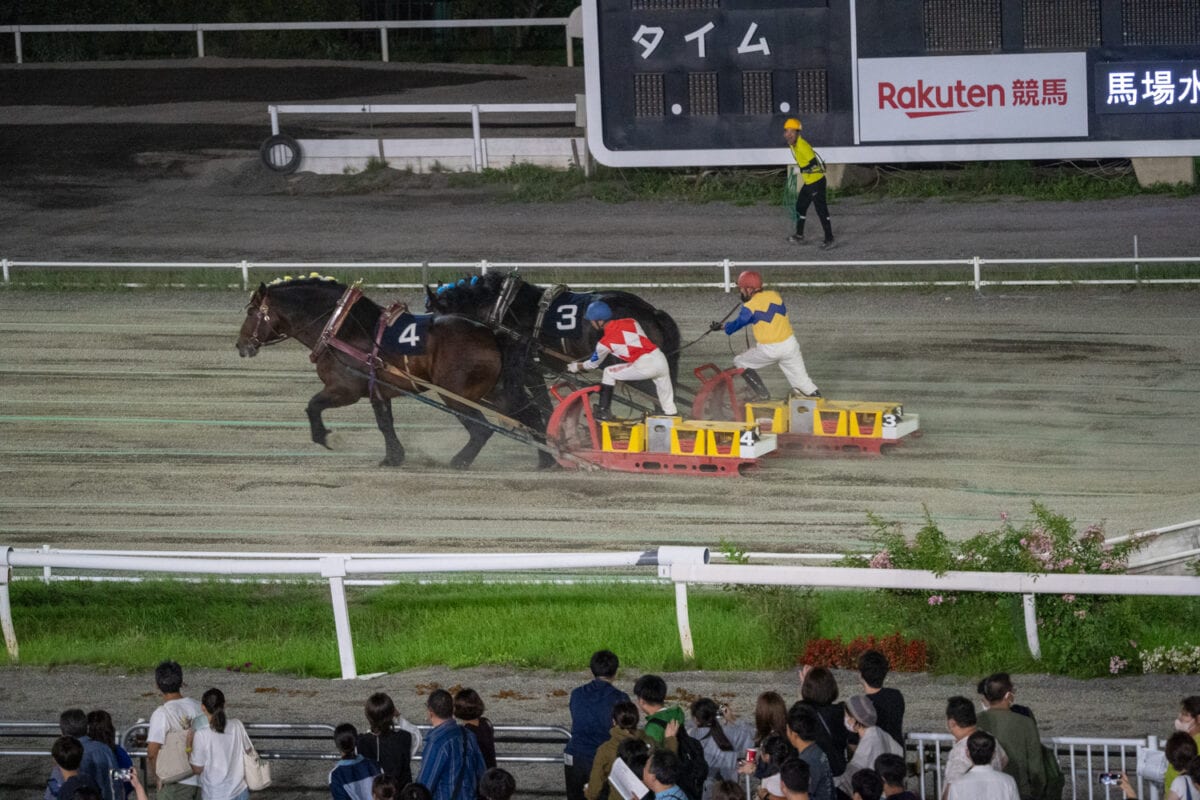
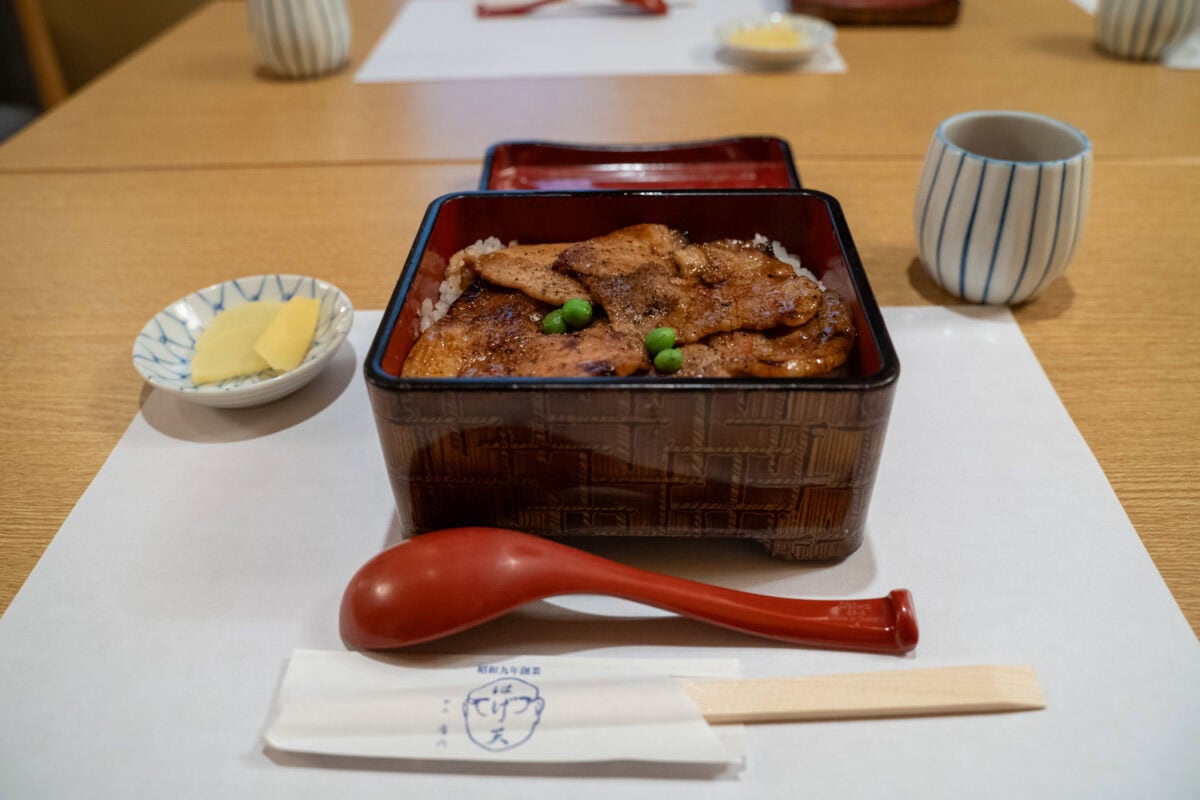
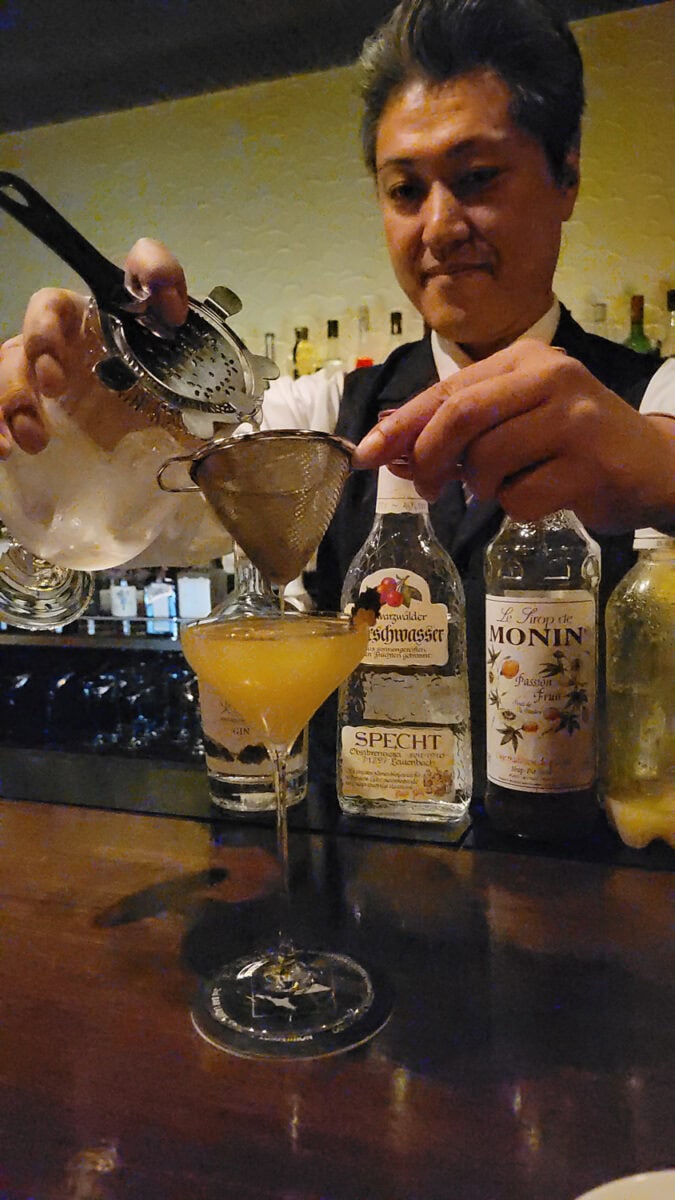
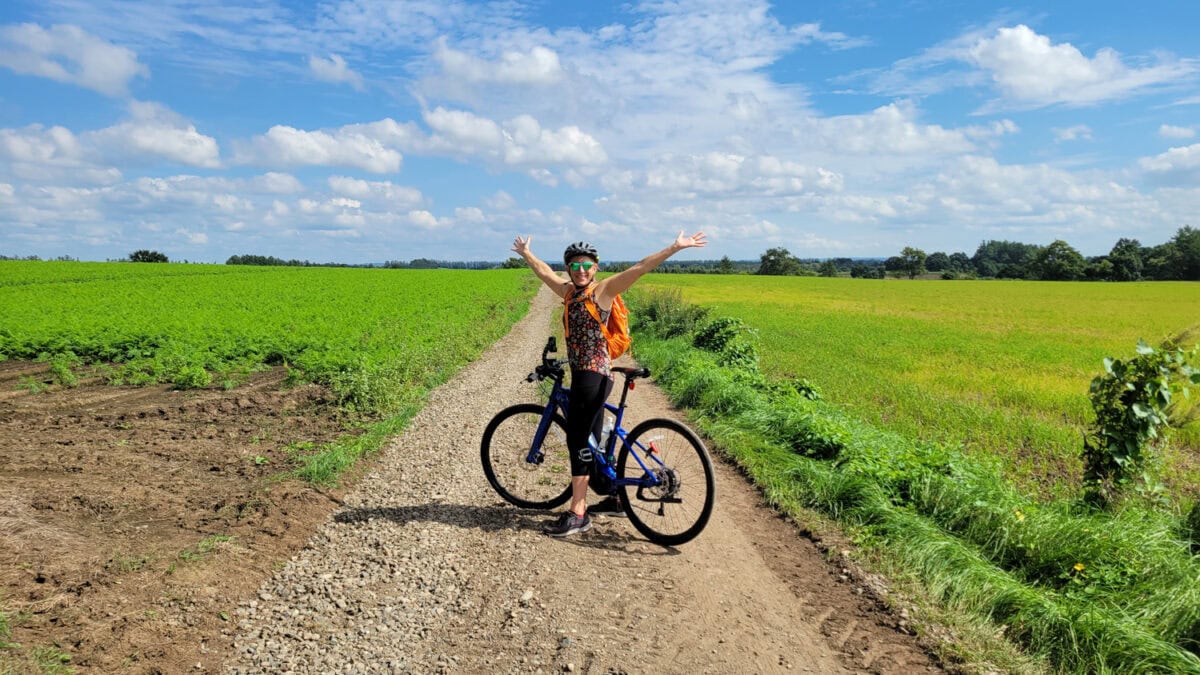
How to Get to Tokachi
The Tokachi area can be accessed from Tokyo or by public transport from Sapporo.
Fly from Tokyo to Tokachi-Obihiro Airport. It takes 30 minutes by car or 40 minutes by bus to Obihiro Station from the airport. It takes around three hours from Chitose Airport or Sapporo Station to reach Obihiro Station by train.
Tohoku Region
The Tohoku region comprises the six northernmost prefectures on Japan’s main island: Aomori, Akita, Iwate, Sendai, Yamagata, and Fukushima. Very few foreign visitors wander off the beaten path to Tohoku, so you’ll enjoy being an anomaly.
The area boasts great natural beauty and an abundance of natural resources, such as delicious fresh seafood. There are many sights to see, like the most beautiful cliffs in Japan, the marvelous scenery of the Ria coastline, the sheer abundance of the world’s third-largest fishing grounds, and more.
I visited Tohoku to check out Japan’s newest long-distance hiking route, the Michinoku Coastal Trail, a 1000+ km trail. The paved roads and forest trails tie together a region that joined in harmony to rebuild after the 2011 East Japan earthquake and tsunami. It’s a great addition to Japan’s other ancient pilgrimage routes. Needless to say – there’s plenty of adventure in Tohoku along the coastal trail!
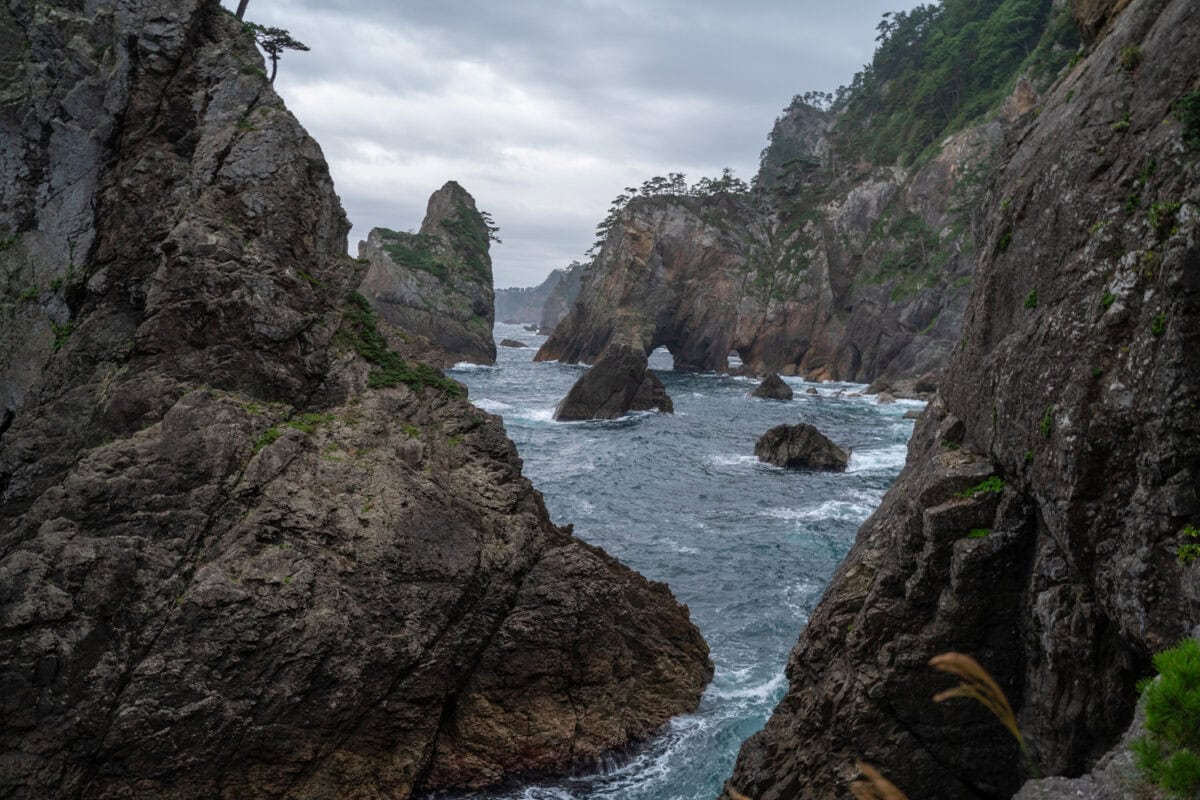
Things to do in Tohoku off the Beaten Path
One of the best hikes from the long-distance Michinoku Coastal Trail is the Urato Islands of Matsushima Bay. The islands have not been developed as a tourist destination, and visitors can enjoy the traditional tranquil Sanriku island scenery. In addition, the bay offers stunning scenery consisting of oddly shaped rocks eroded by the waves of the Pacific Ocean. Take a boat to see them up close!
For a real challenge, hike the Kitayamazaki Cliffs. The 200-meter-tall sheer cliffs boast the most powerful coastal beauty of any coastal landscape in Japan. This was my favorite hike as part of the Michinoku Coastal Trail!
In addition to hiking sections of the coastal trail, you can also bike it in many areas, such as the area around Rikuzentakata City. You can pedal through rice fields and untouched coastlines – a real hidden gem in Tohoku.
You can’t spend time in Tohoku without paying homage to the 2011 tsunami that devastated the region. To learn more about the disaster and, most importantly, the resiliency of the people in the region – stop at the Iwate Tsunami Memorial in Rikuzentakata City.
L’OreoleTanohata restaurant is literally hidden, tucked in between the trees and cliffs of the Rias Coast. At lunchtime, L’OreoleTanohata is a popular restaurant opened by a Japanese chef (French-trained) who is passionate about local resources and aims to develop the local food culture. Dishes that bring out the goodness of the ingredients themselves without unnecessary seasoning convey the richness of the land.
Check out Soma City where the trail begins. You can explore the Nakamura Shrine and try some delicious Soma beef Menchikatsu here. It’s beef that is deep-fried on the spot when ordered! The hot and juicy menchikatsu is rich and full of flavor!
Enjoy getting in the water at Jodogahama Beach and Sanriku Fukko (reconstruction) National Park. Stop in at the visitor center and walk along the boardwalk to view the stunning white rocks in the sea. The water is a beautiful turquoise and perfect for kayaking, stand-up paddle boarding, or swimming! I took a kayak tour, allowing us to get up close to the unusual rock formations.
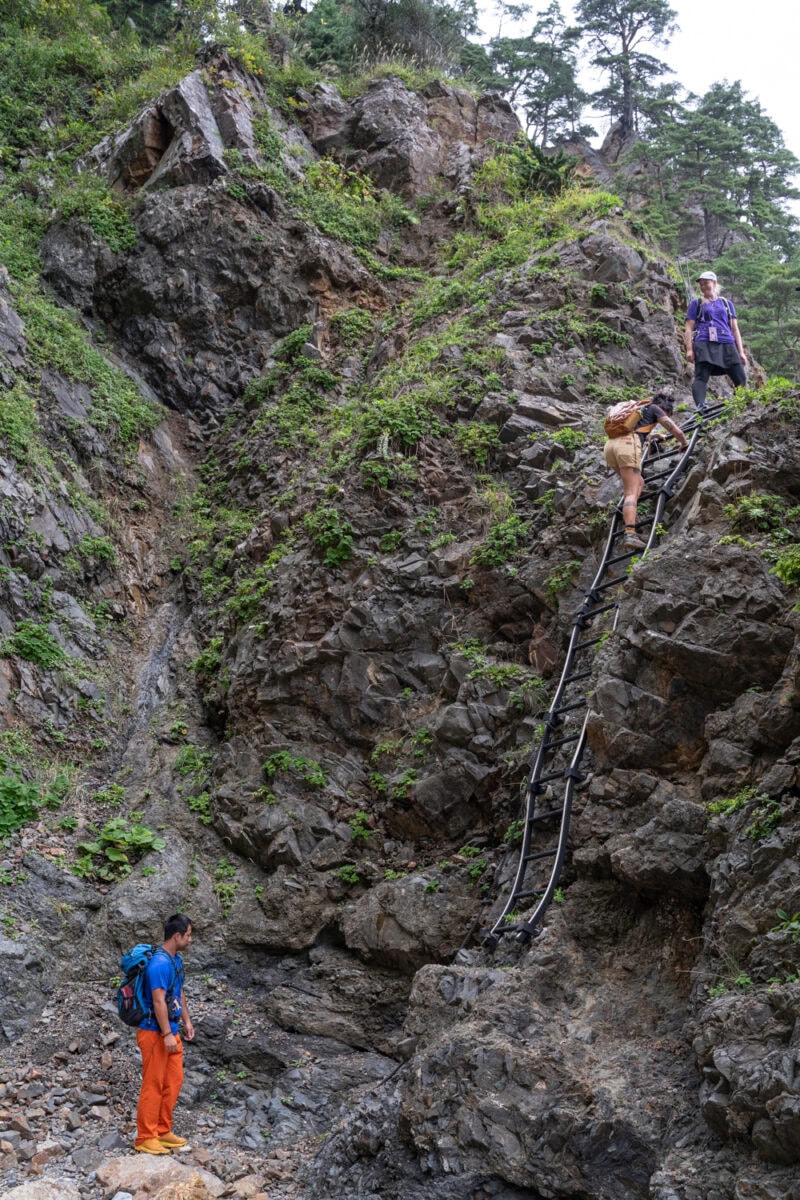
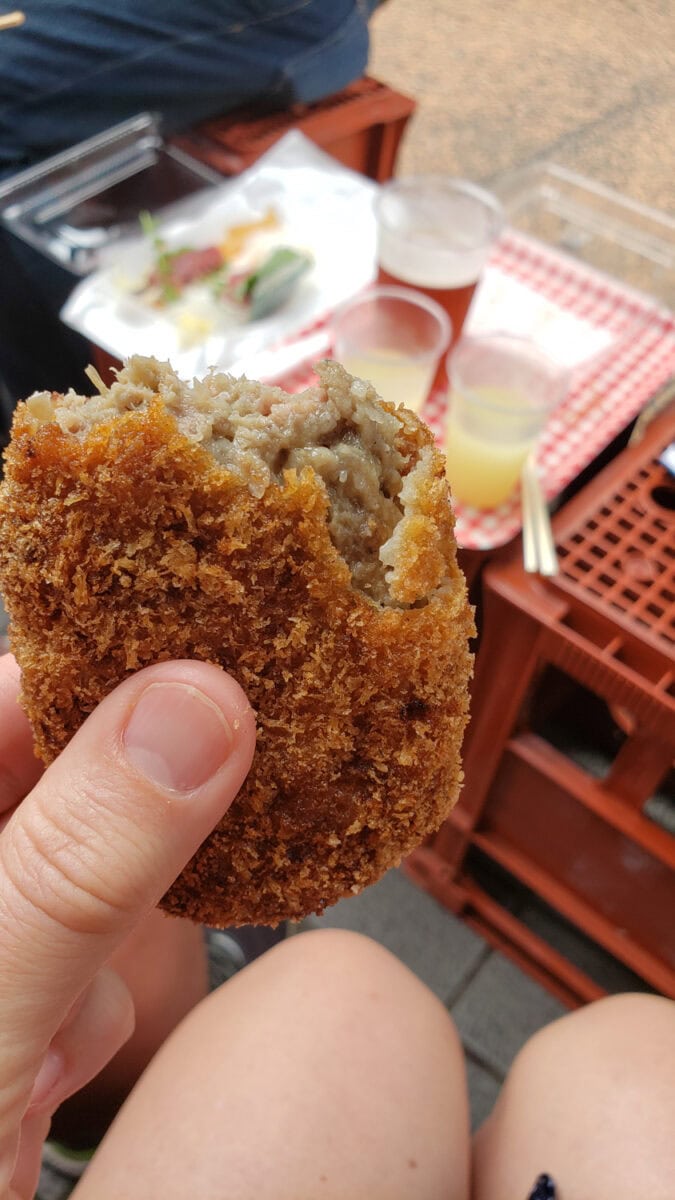
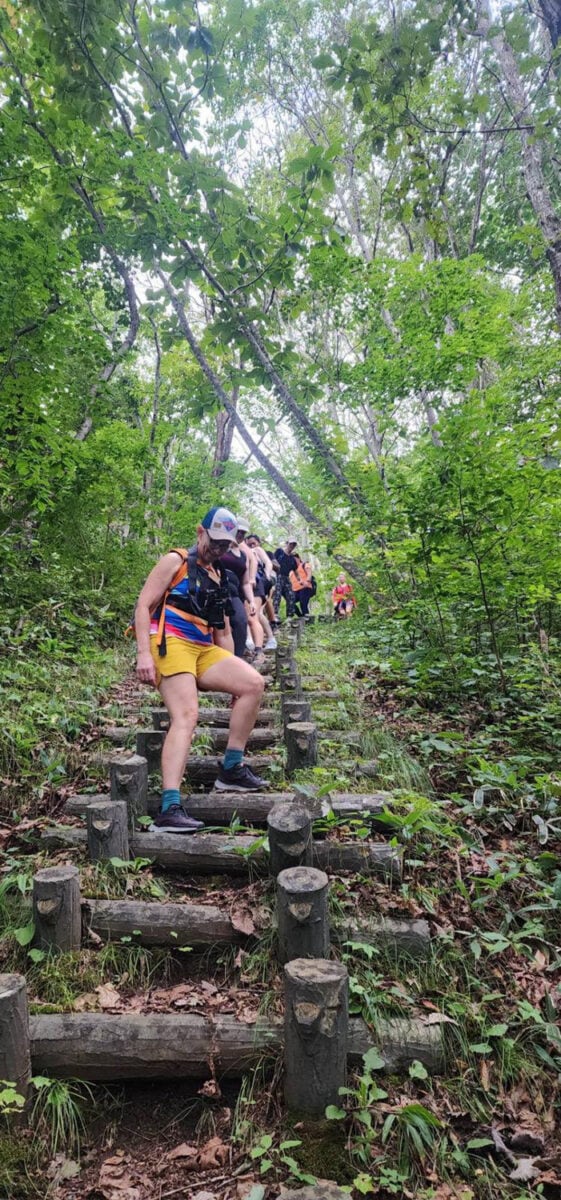
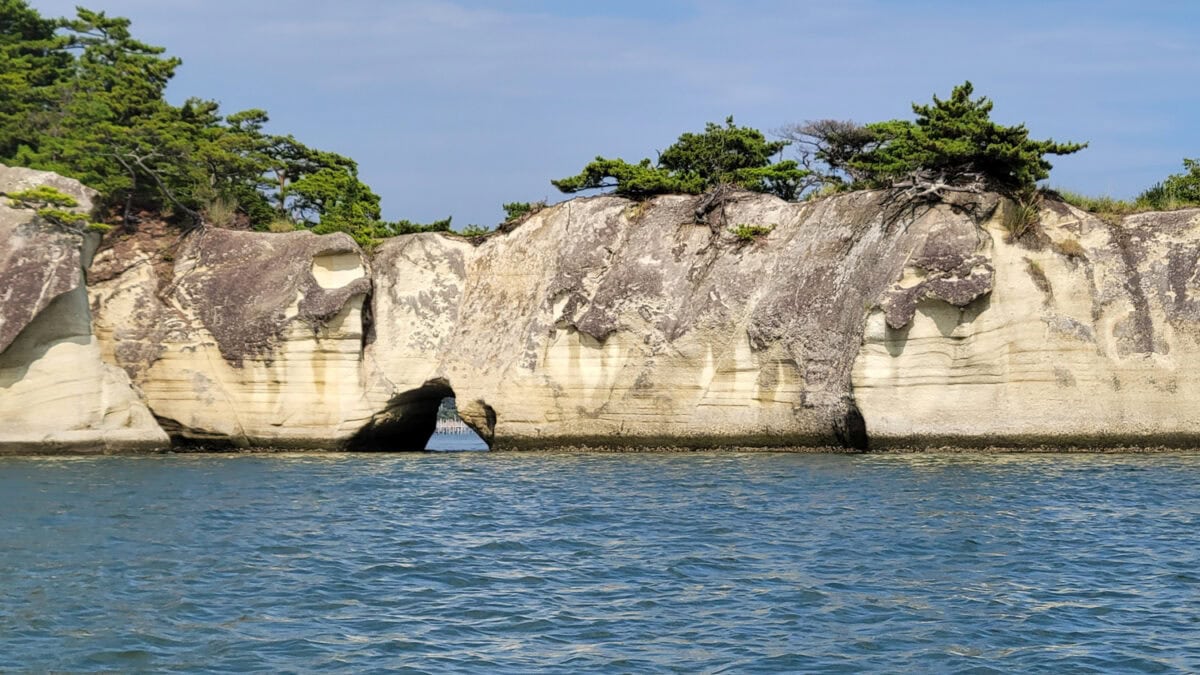
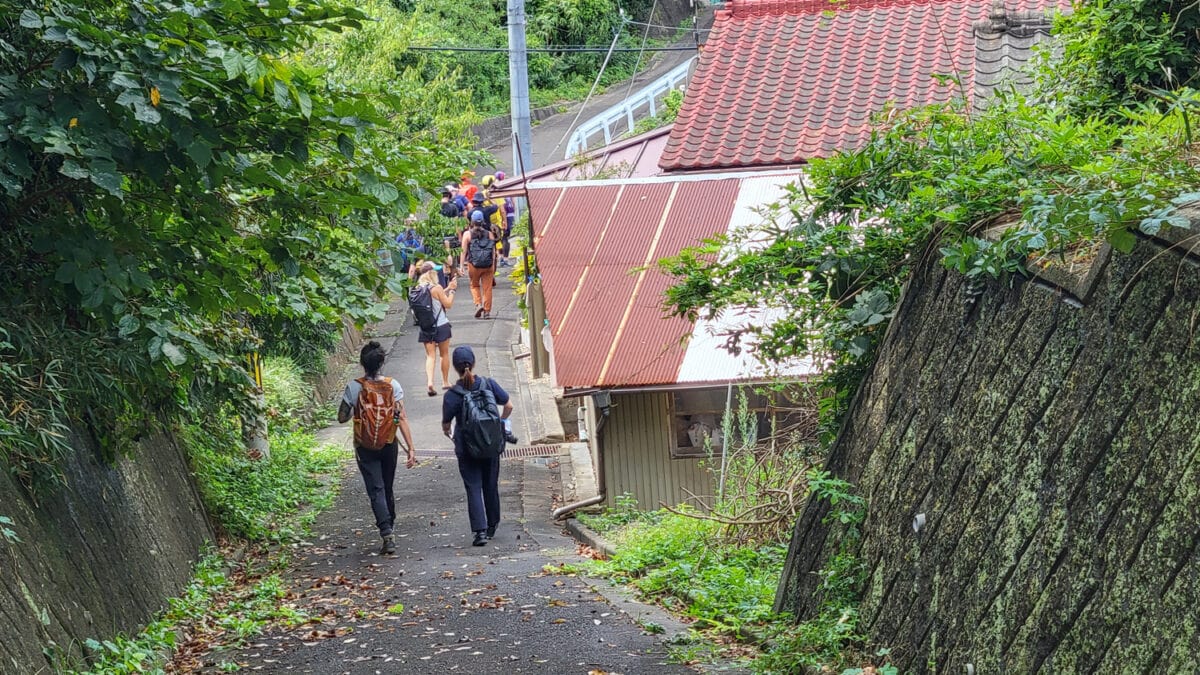
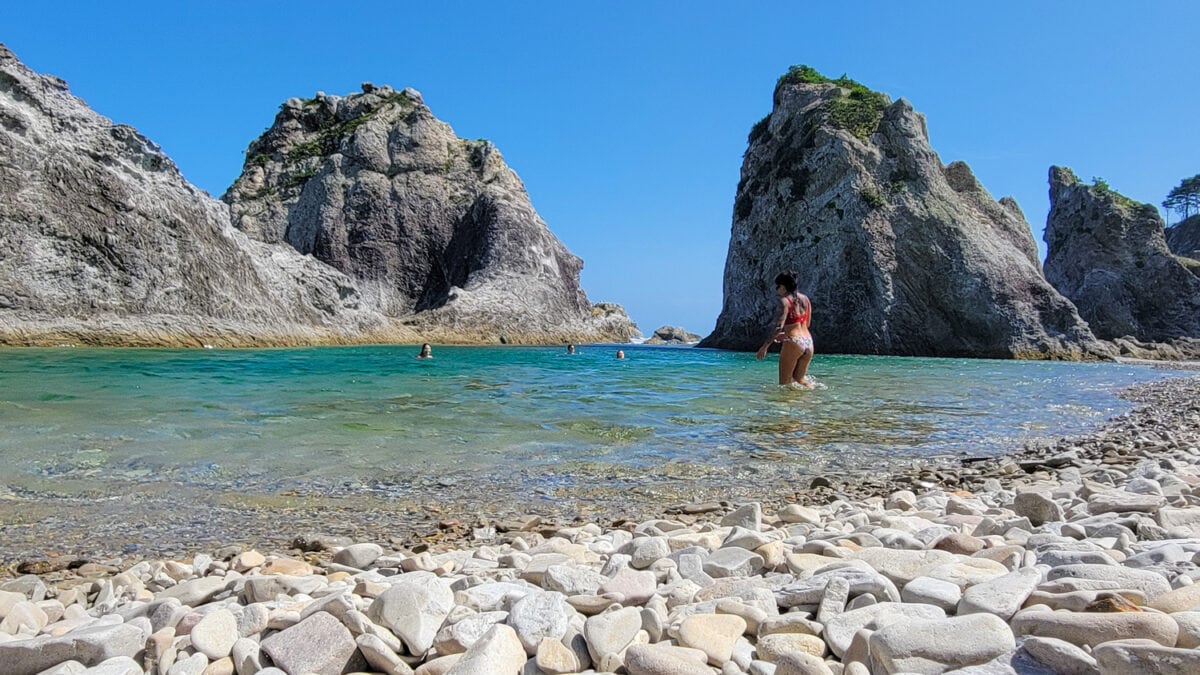
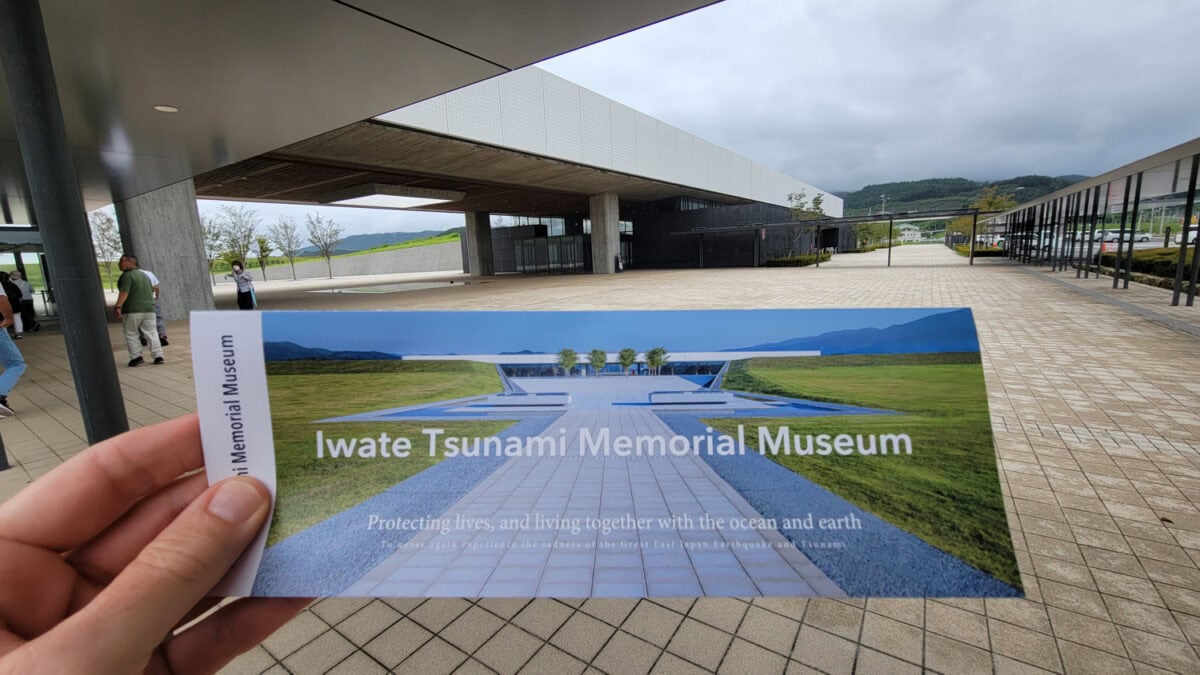
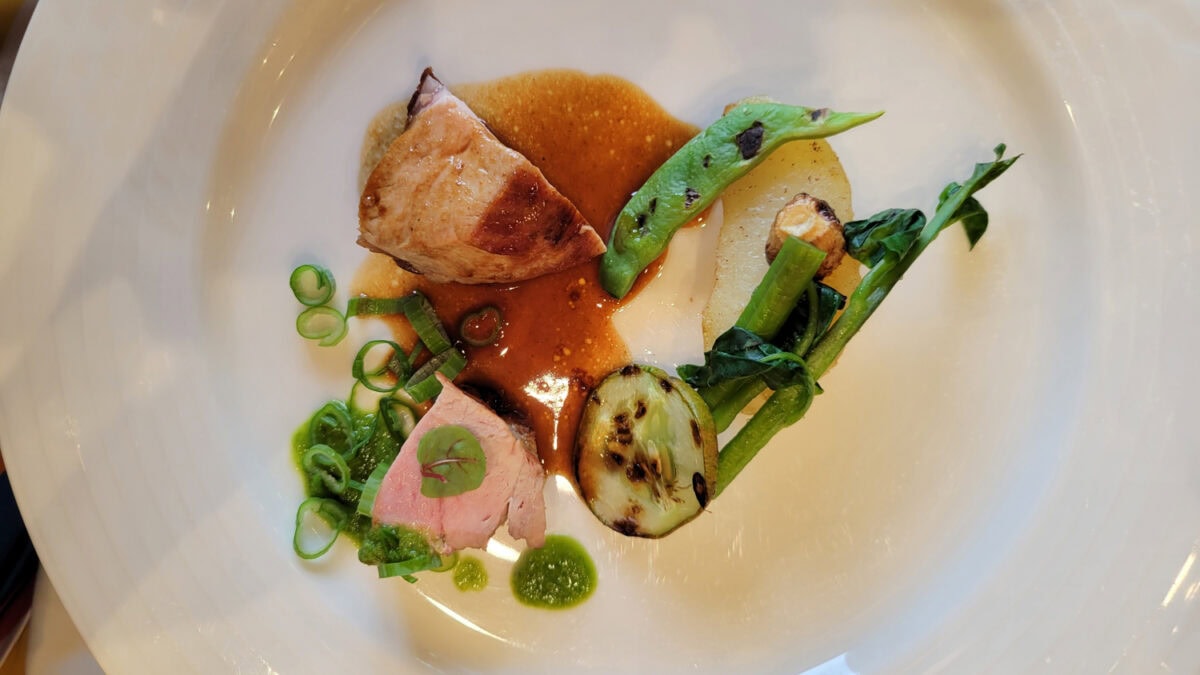
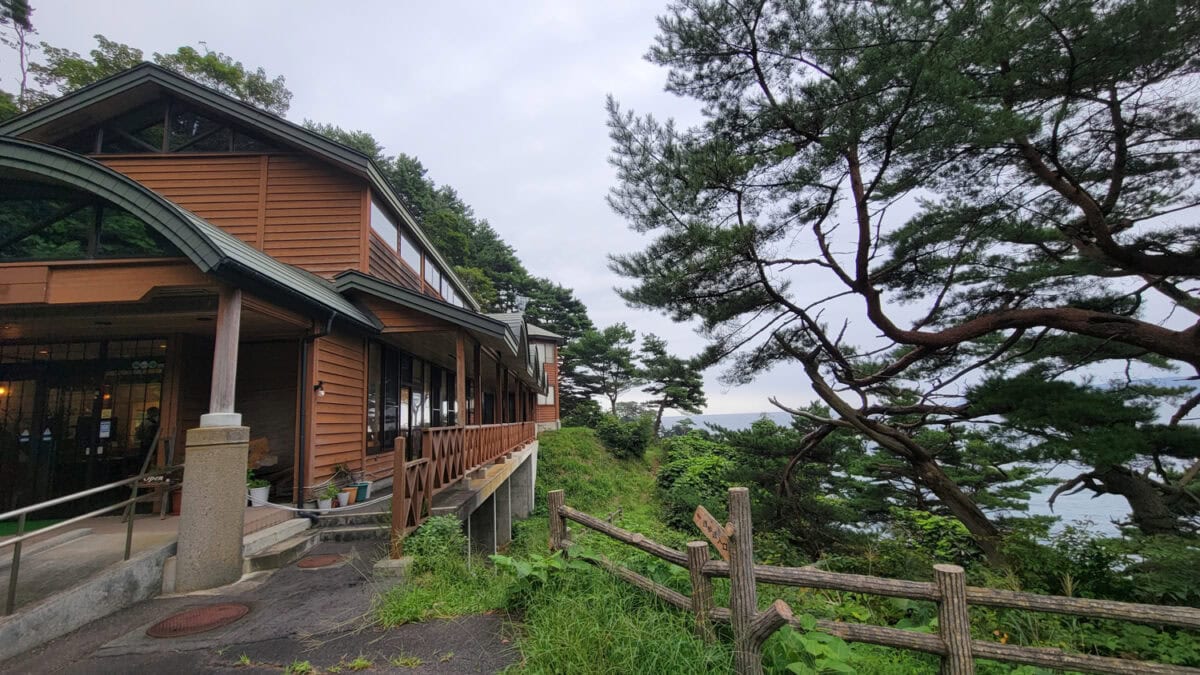
If you are looking for a stunning place off the beaten path to experience cherry blossom season, plan to go to Hitome Senbonzakura along the Shiroishi River in the southern part of Miyagi Prefecture. Here you’ll find 8 kilometers of cherry blossom trees along the river embankment, creating a stunning landscape with a majestic snow-capped Zao Mountains backdrop.
How to Get to Tohoku:
Tohoku Shinkansen is a bullet train that connects Tokyo with Aomori at the northern tip of Honshu. The Tohoku Shinkansen is operated by JR East. You can utilize the JR Pass for this train.
Yanaka Neighborhood Tokyo
Considering Tokyo is the most popular place for tourists, it’s hard to find hidden places in Tokyo – but it is possible! Welcome to the Yanaka neighborhood.
This historic neighborhood located in the Taito ward of Tokyo, Japan is known for its traditional, old-world atmosphere. It is popular to visit if you want to experience the ‘old Tokyo’. Luckily, not many tourists want to see Old Tokyo – they’d rather stick to the glitzy areas.
Yanaka is also known for its large population of stray cats. Some locals and organizations have taken steps to care for these cats, making it a popular destination for cat lovers like me!
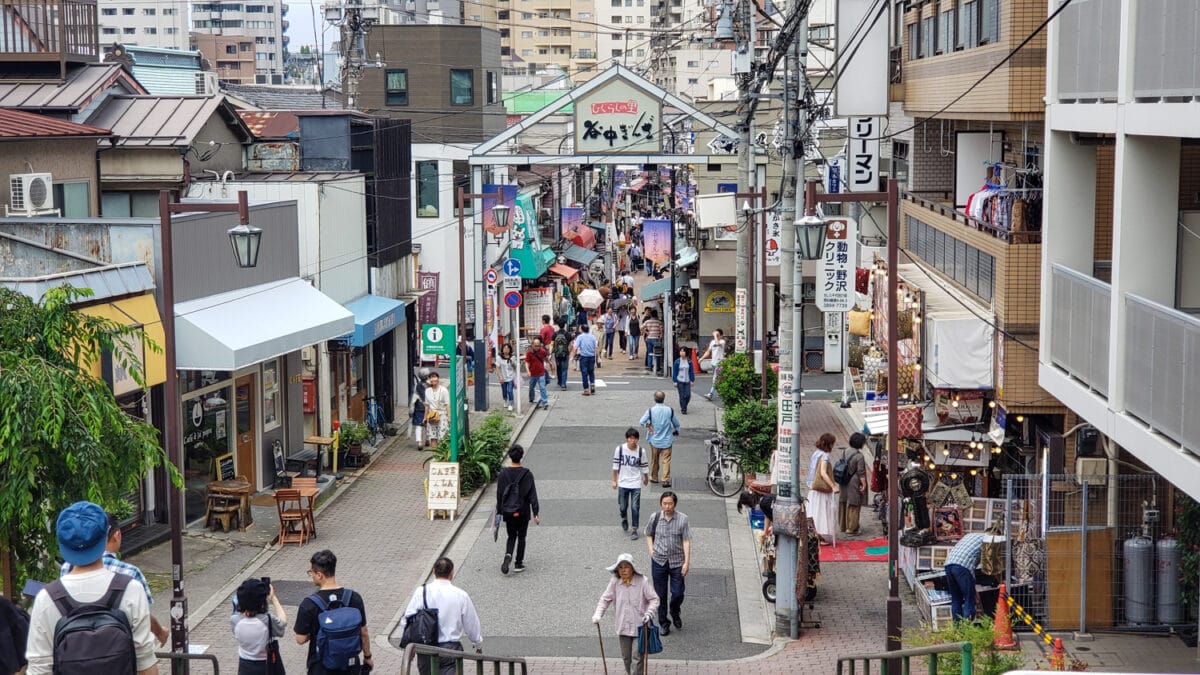
Things to do in Yanaka off the Beaten Path
Take a food tour in Yanaka from Arigato Food Tours and hit many of the areas listed below. I did this last time in Tokyo and fell in love with the neighborhood. Plus – I learned so much about Japanese food and restaurants that I could utilize as I traveled throughout Japan!
Wander the Yanaka Ginza Shopping Street. The pedestrian-friendly shopping street is lined with small shops, cafes, and restaurants. It’s a great place to explore and try traditional Japanese snacks and souvenirs.
The Yanaka cemetery is a resting place for many historical figures and a peaceful area with cherry blossoms in spring and colorful foliage in autumn. Take a walk through this beautiful space full of 7000 gravesites, and stone paths, and soak in the peaceful atmosphere.
Nezu Shrine: A Shinto shrine with beautiful vermilion gates, a pond, and a well-manicured garden. It’s a serene spot for visitors to explore.
Participate in a tea ceremony. The first floor of Gallery Okubo is filled with antique tea utensils and pottery. However, wander upstairs and you’ll find a unique little tea room. Here you can experience an authentic Japanese tea ceremony. The best part is that they utilize antique teapots and cups, and they change in each season.
Scai the Bathhouse: This contemporary art gallery is housed in a renovated public bathhouse and features various contemporary art exhibitions. If you like contemporary art – you’ll definitely want to stop here.
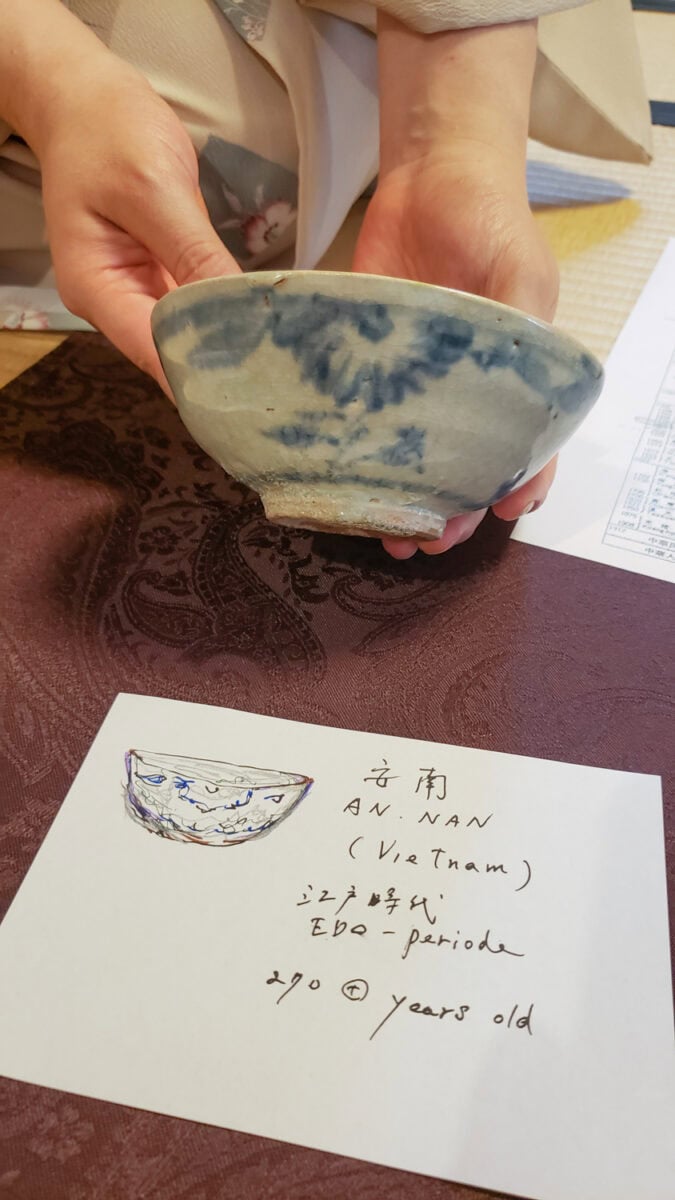
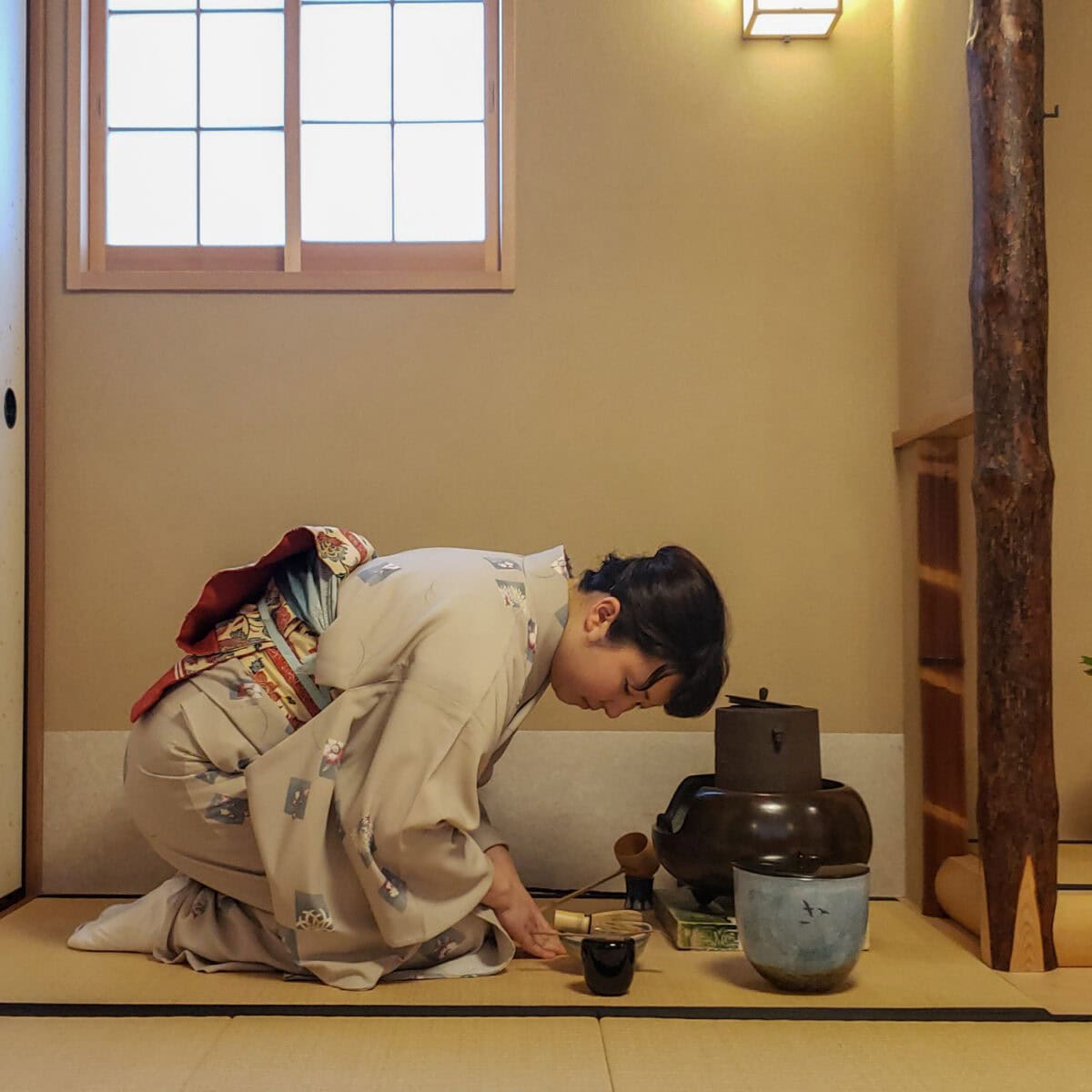
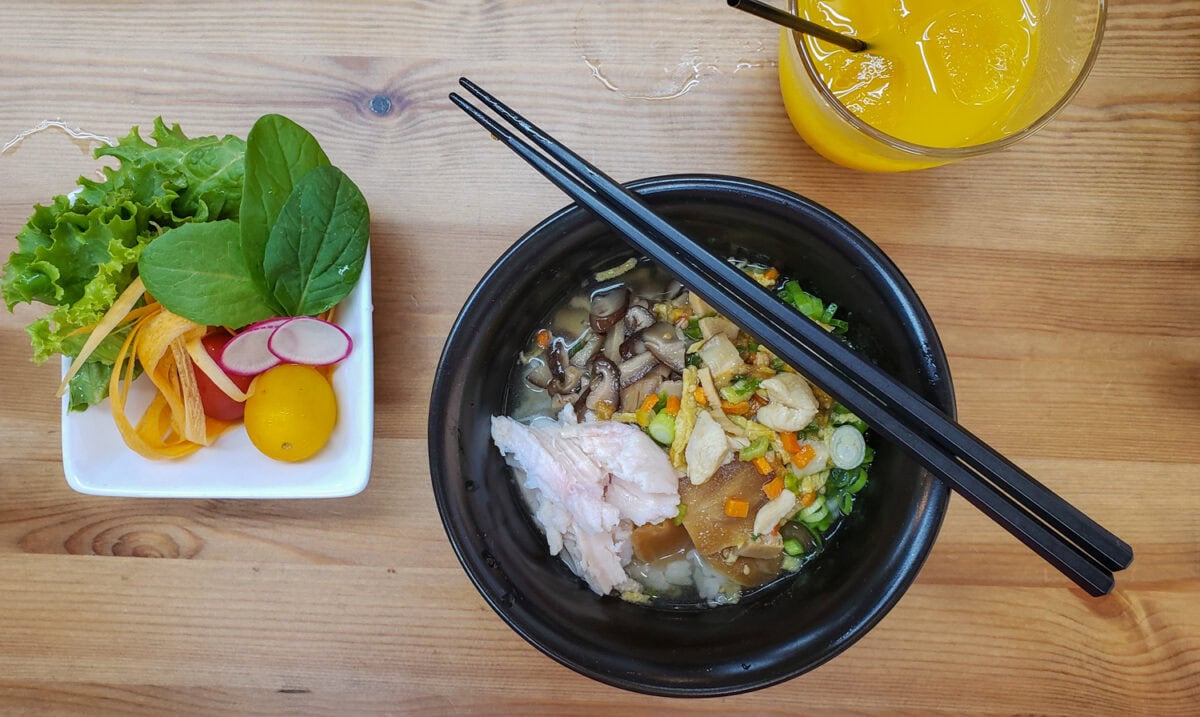
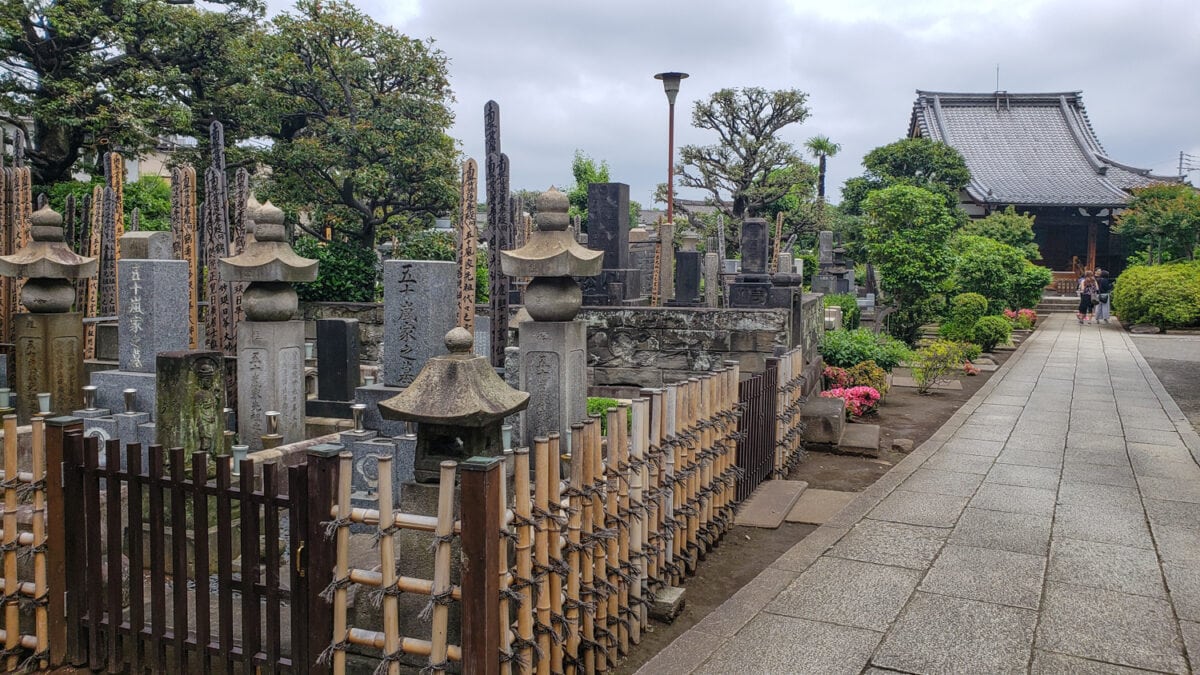
Learn about my other Tokyo off the Beaten Path recommendations
How to Get to Yanaka
You can reach Yanaka easily using public transportation. The nearest train station to Yanaka is Nippori Station, which is well-connected to the rest of Tokyo via the JR Lines.
Matsumoto in Nagano Prefecture
Matsumoto is not necessarily a small town but more of a lesser-visited town. The peaks of the Japanese Alps can be seen in the distance. Although the center of town is pretty modern, the city retains much of its heritage from olden times, and many of the vestiges are still seen in the back alleys and outlying areas.
It is probably best known for its castle, built in 1504. The original moats and stone walls still remain intact. The castle was one of my favorite things to visit in this area so don’t miss it!
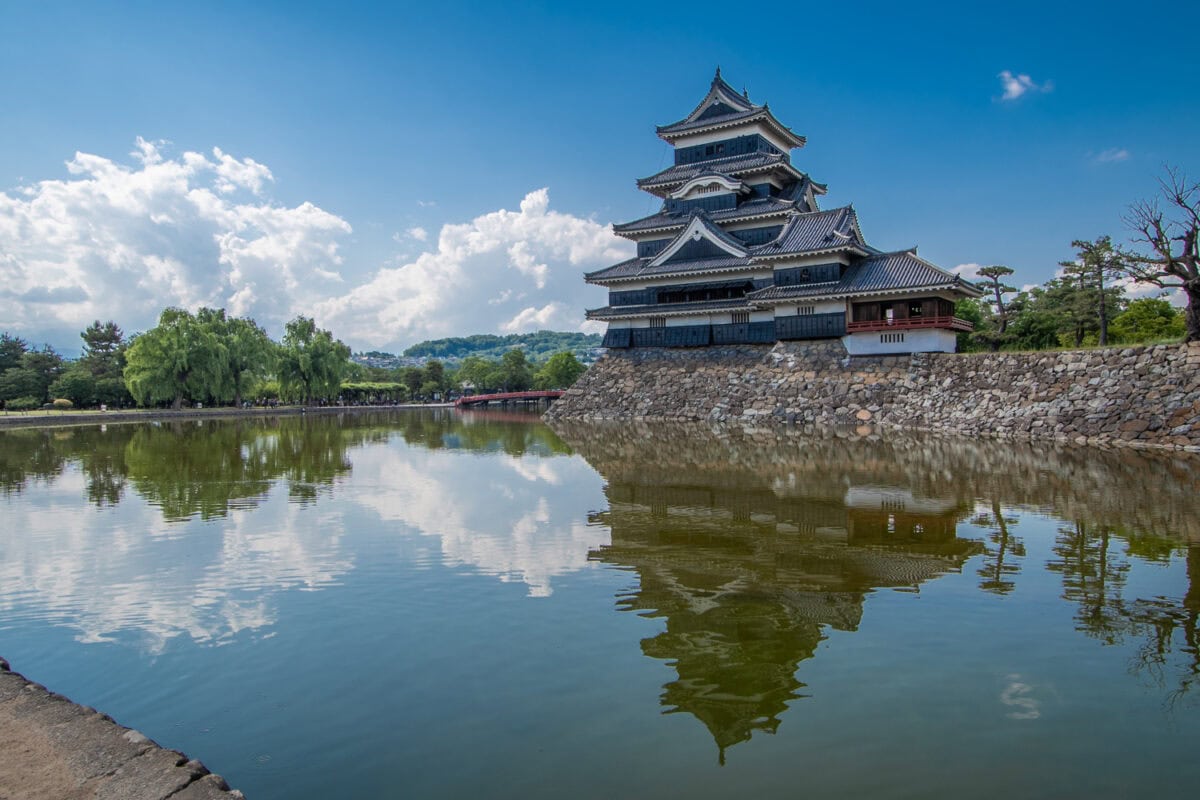
Things to do in Matsumoto off the Beaten Path
Tour the Matsumoto Castle: Matsumoto Castle is one of five castles designated as ‘National Treasures of Japan’ and the oldest five-tiered, six-story castle tower remaining in Japan. You’ll find a small stand near the castle entrance that houses English-speaking tour guides. They are volunteers and their services are free (no tips allowed). I loved our guide and learned so much. It’s a great way to see the castle and learn about the history of the samuari there. They operate year-round from 10:00 to 15:00 daily.
Matsumoto City Museum of Art: Enjoy traditional Japanese calligraphy and modern art. The museum really focuses on local talent including Yayoi Kusama and her well-known works.
Visit Daio Wasabi Farm – A short train ride from Matsumoto, this farm is a delight to walk around and learn about how wasabi is farmed and used in Japan. Make sure you plan your visit around lunch so that you can try the many different dishes that include wasabi…even ice cream! Plus you can add a fun bike ride to this outing from the train station to the farm and back. It’s really scenic and lovely to do on a nice day.
Timepiece Museum: Enjoy timepieces of all styles and sizes from all over the world. You can’t miss the entrance with a giant pendulum clock on the outside of the building.
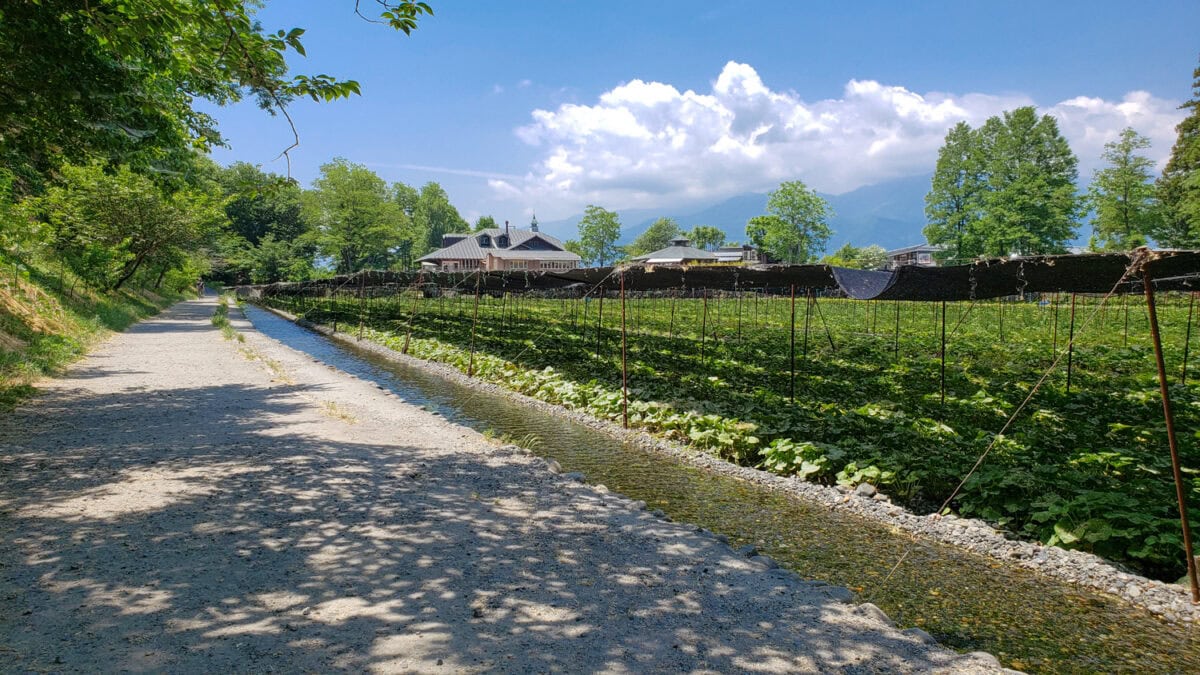
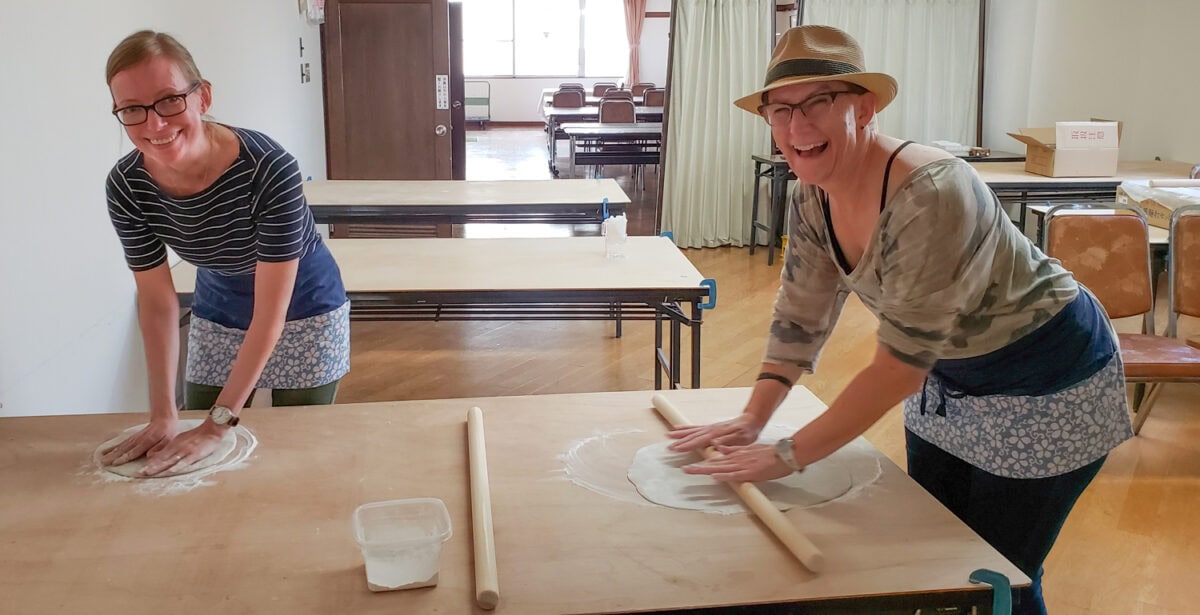
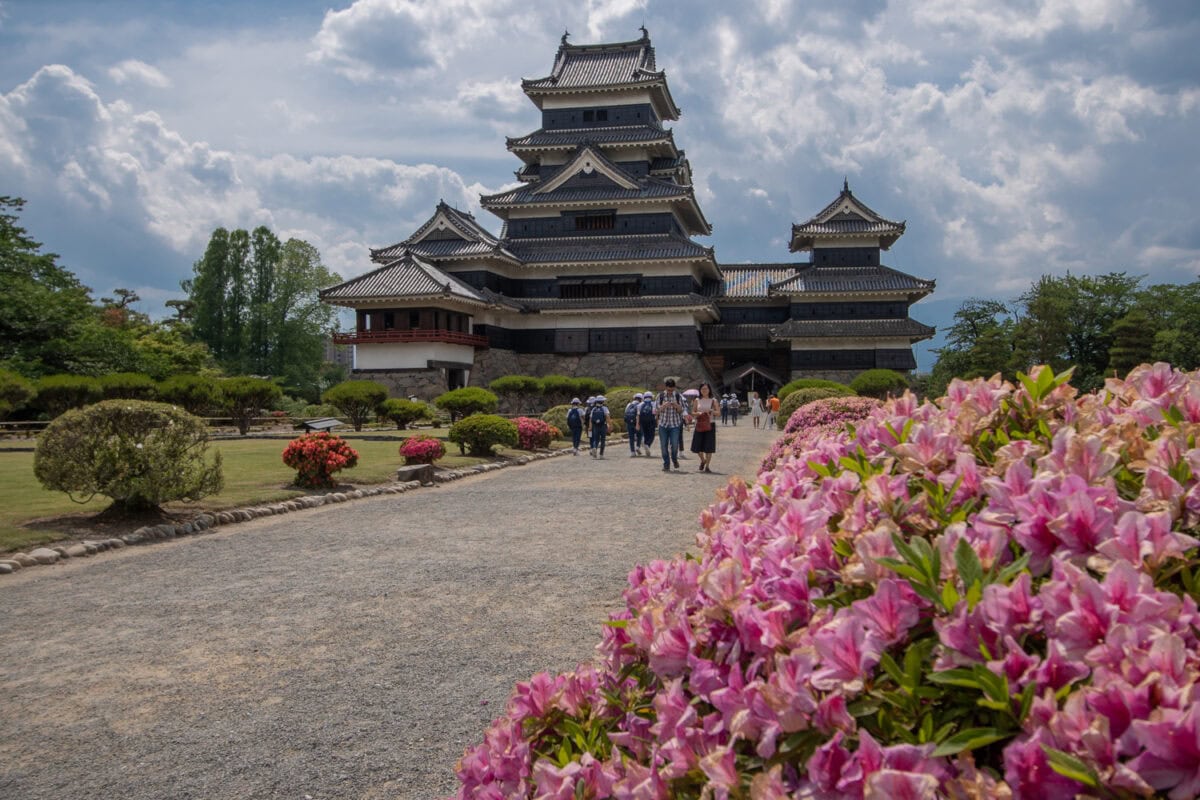
How to Get to Matsumoto
Matsumoto is easily accessible via JR lines from Tokyo’s Shinjuku Station, Nagoya, and Nagano City. Or if you are coming from Takayama, you can travel by bus.
Shirakawago in Gifu Prefecture
Shirakawago was named a UNESCO World Heritage Site in 1995. This tiny village is filled with traditional gassho-zukuri farmhouses, many of which are 250 years old. They are known for their thatched sloped roofs.
Take a stroll around the houses, some of which have museums inside. Be sure to stop at the Wada house and the Shiroyama viewpoint for a stunning overview of the valley and the Japanese Alps. You can visit the old village environment for a day or stay overnight in a thatch home Ryokan. They even have natural hot springs you can enjoy while staying in Shirakawago.
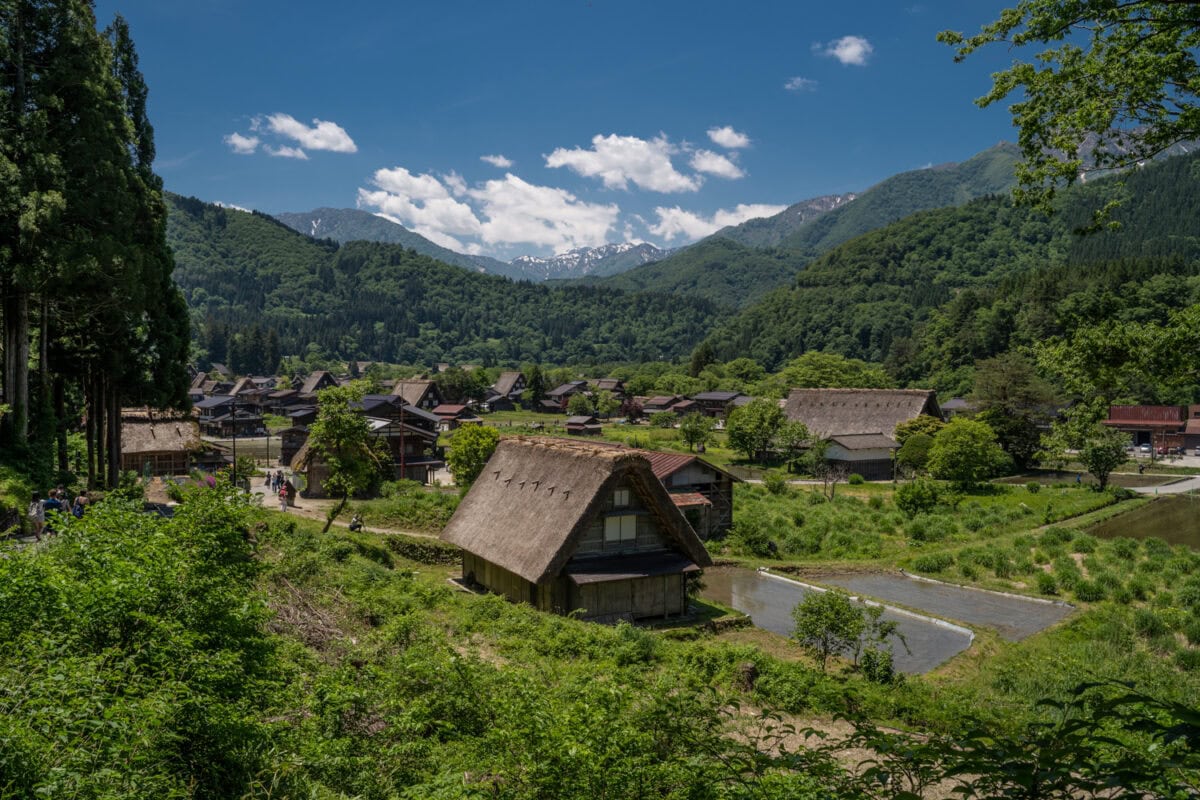
How to Get There to Shirakawago
There are several daily express bus services to and from Shirakawa-go from Takayama or Kanazawa. However, in the winter months, it can be hard to get to as sometimes it gets snowed in!
Takayama in Gifu Prefecture
This charming of-the-beaten-path small town is surrounded by peaks of the Japanese Alps. The old town has been beautifully preserved and it’s what makes this town so special. There is also a large number of shrines and museums devoted to crafts, old lifestyles, and other local traditions.
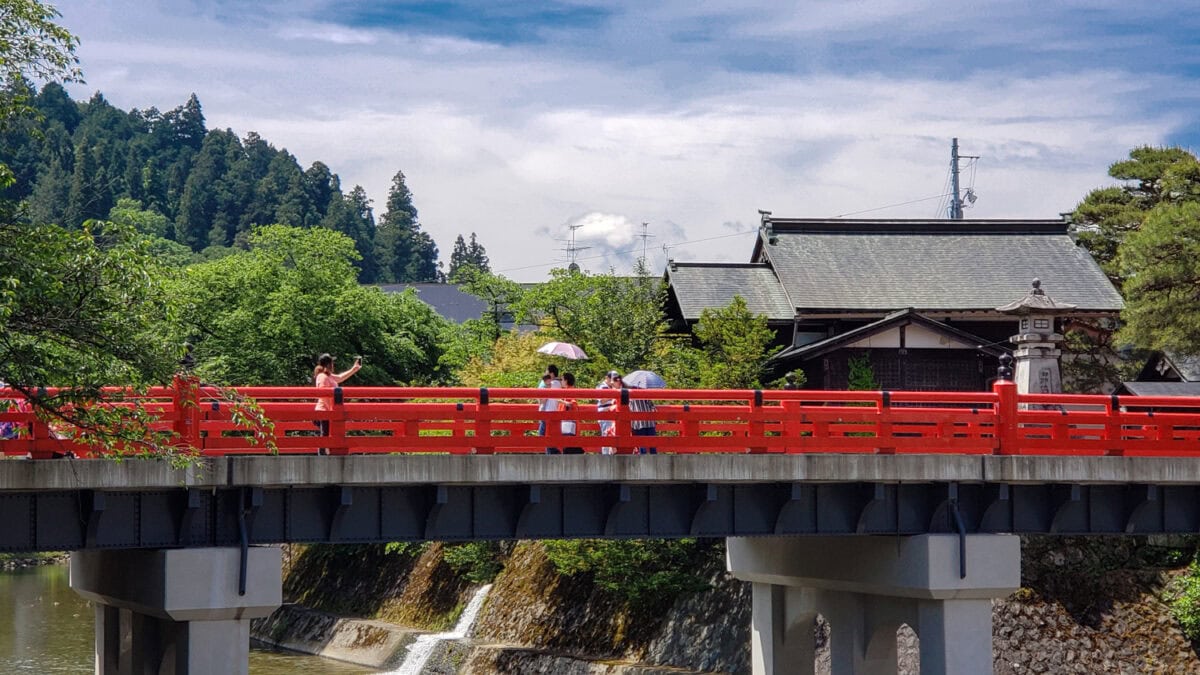
Things to do in Takayama off the Beaten Path
Walk around San-machi Suji (Old Town). The vibrant narrow streets are full of old buildings, craftsman workshops, traditional stores, restaurants, and sake breweries. This is the perfect opportunity to really enjoy the old architecture.
Sake Breweries: Speaking of sake breweries, Takayama is a great place to do a more in-depth sake tasting. You’ll recognize the sake breweries indicated by a ball made of cedar hanging outside the shop.
Sakurayama Hachimangu Shrine: At this complex, be sure to stop at the Takayama Yatai Kaikan, a museum that houses some examples of the floats paraded twice yearly through the streets as part of the spring and autumn festivals.
Hida Beef: Make sure you try the famous Hida beef. It is one of Japan’s special types of finely branded beef known for its unique aroma, texture, and taste. It also has elaborate marbling, giving it extreme juiciness when cooked. Many local restaurants serve it but try it at Kitchen Hida if you can.
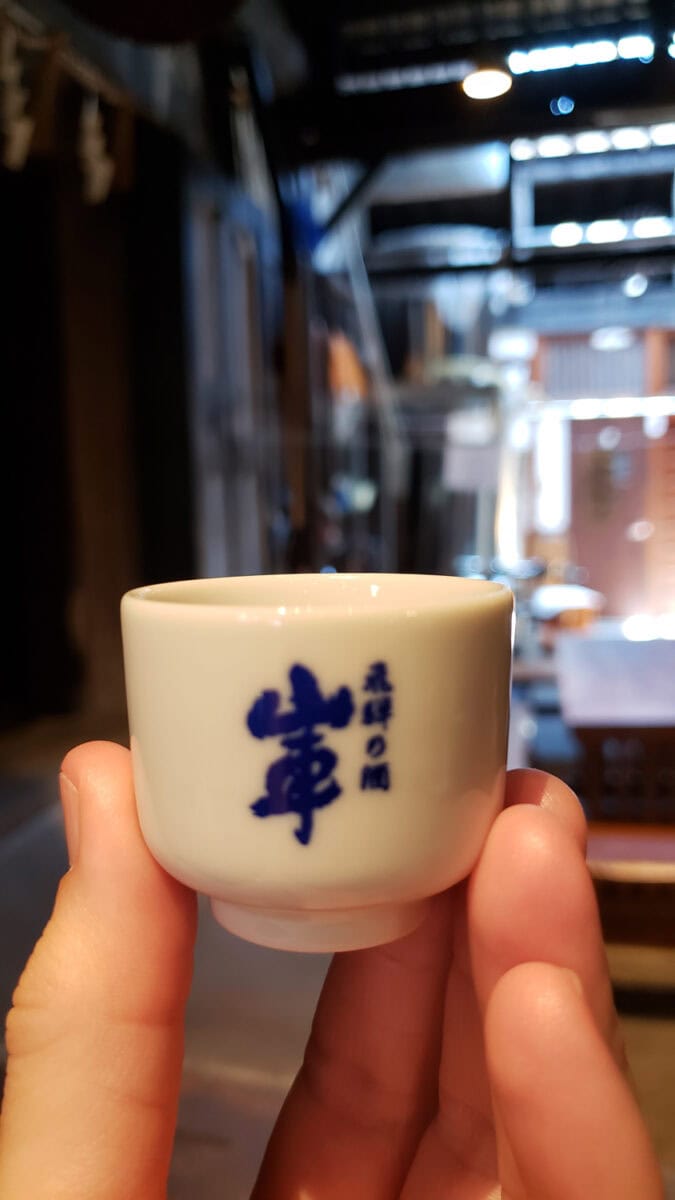
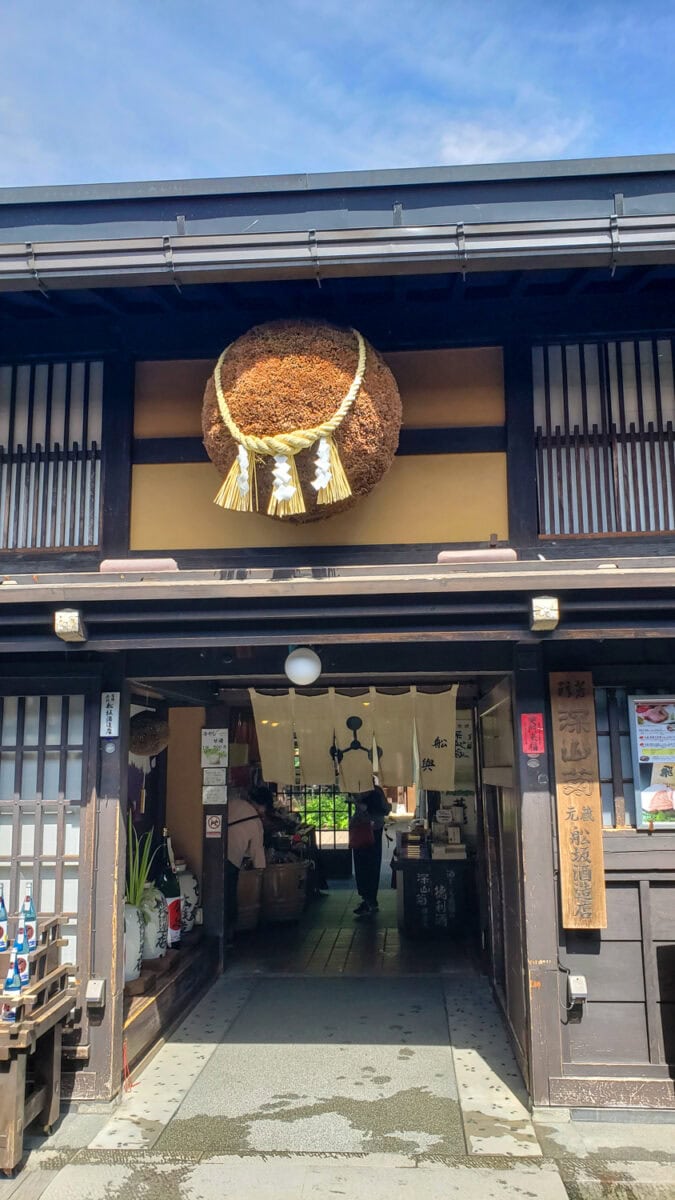
How to Get to Takayama
Takayama is easy to access from the main cities of Honshu like Tokyo, Nagoya, Osaka or Kyoto. The train is the best way to get to Takayama unless you’re coming from Kanazawa, in which case a bus is your best bet.
Iya Valley – Shikoku Tokushima Prefecture
The Iya Valley is often referred to as one of the most remote regions in Japan. It’s less of a valley and more of a steep and deep river gorge. Most of the landscape is inaccessible, historically making it a perfect place for feuding clans to hide in the late 12th century.
There is not one straight road in the Iya Valley. In fact – my best tip is to bring Dramamine. All of the roads seem to be perched on the steep hills with sharp drop-offs to the river gorge below. However, with all of this ruggedness, comes an immense amount of beauty.
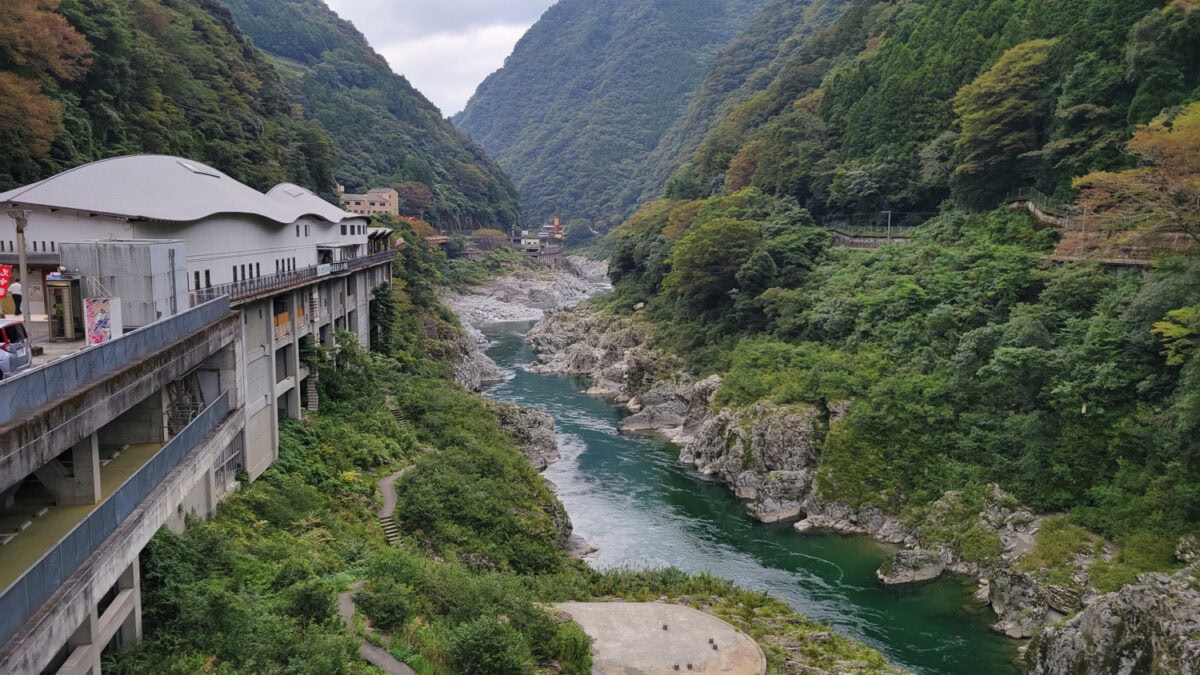
Things to do in Iya Valley off the Beaten Path
The valley is filled with unique things to do, but one of the top things to experience is a walk over the kagura-bash (Vine Bridge) that crosses the Iya River. This used to be used by the locals as a way across the gorge, however today it’s just for tourists. You pay a small fee to cross the wobbly bridge, and it’s definitely not for people who are scared of heights! Its vines are replaced every 3 years, and steel cables are laced inside the vines for safety.
If vine bridges weren’t unusual enough, check out Iya Valley’s Scarecrow Village. Yes – that sounds like a place found in a horror movie – but it’s a real town – Nagoro in Iya Valley. The streets, fields, and buildings are filled with hundreds of life-size ‘dolls’ stuffed with paper. The scarecrows outnumber the residents, of whom there are only 30. Wander around the village and be sure to go into the old primary school for an unusual sight.
Of course, in such a lush environment, there is some great hiking to be done. Hike to the top of the highest mountain in Tokushima Prefecture and second highest in western Japan, Mt Tsurugi. And when you are finished, you can enjoy one of the many hot springs around the valley.
For a really unique onsen experience at Hotel Iyaonsen, ride a cable car down to the river at the bottom of the gorge to enjoy the natural hot springs.
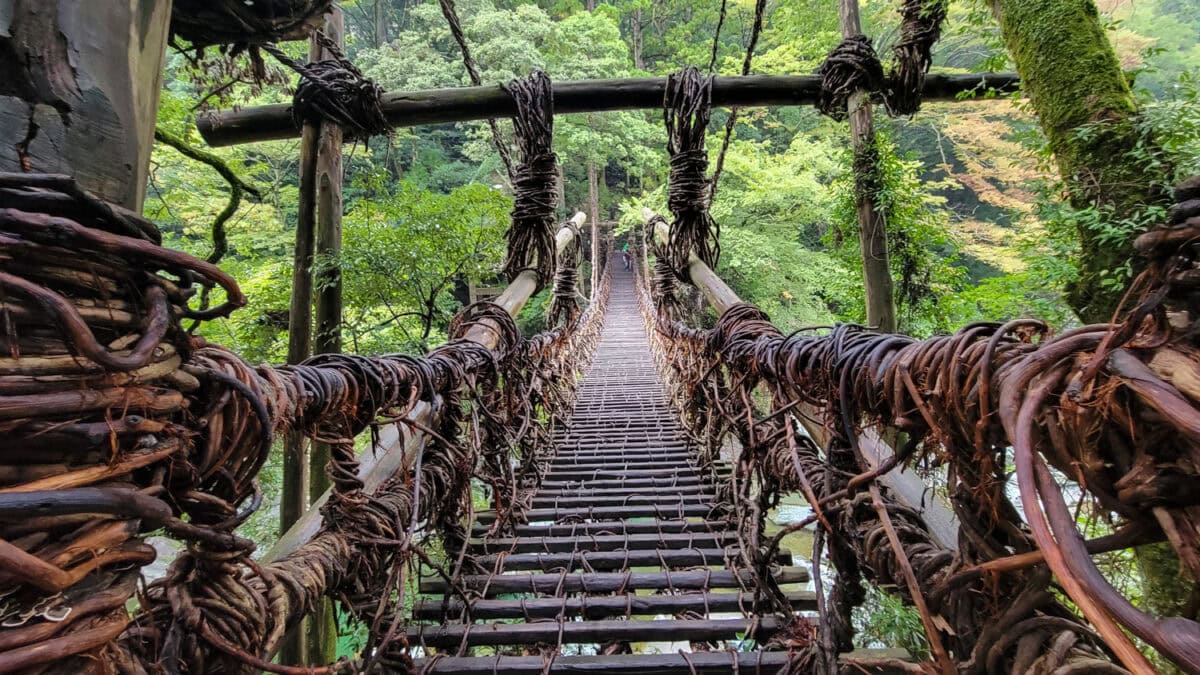
How to Get to the Iya Valley
The easiest and most common way to reach the Iya Valley from elsewhere is via train to JR Oboke Station. Limited Express trains go to/from here about once an hour and most local buses head out from here.
Kotohira – Shikoku Kagawa Prefecture
Kotohira is home to the most well-known shrines in Shikoku, historical sites, and cultural assets, making it a great place to stroll through history. Even though there are a fair number of souvenir shops and visitors, I still consider it off the beaten path because most of those visitors are Japanese tourists. You won’t find many international visitors in Kotohira.
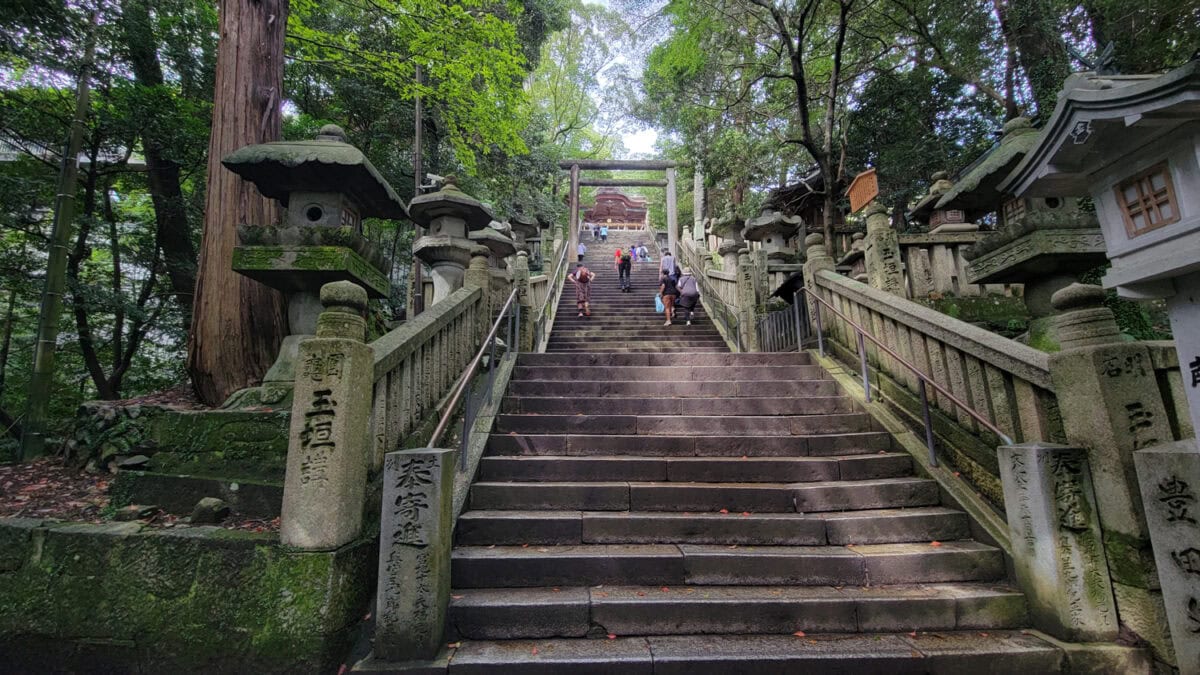
Things to do in Kotohira off the Beaten Path
The climb to Kotohiragu Shrine is memorable and challenging. There are 785 steps to get to the main shrine, but there’s so much to see along the way, which provides lots of little rest breaks. You can even stop and have lunch along the way if you want!
Once you reach the top, explore the multiple shrines, ponds, and gardens, and soak up the panoramic views of the town. And if you want to see a real hidden gem, then walk further to the 2nd temple. However, you’ll have to climb 583 more stairs to get to the inner shrine and greet the deity!
Visit Kanamaruza Theater, a traditional Kabuki theater located near Kompira-san Shrine. Built in 1835, the shrine has been meticulously preserved and is still used today. Even if you don’t watch a performance, you can visit the theater to appreciate its historical and architectural significance. I didn’t get to see a performance, however, the tour backstage was fascinating.
One of the most unique things I did while in Kotohira was try their two well-known ice cream cone treats. Get a cone with Oiri (Japanese candy) on it. The colorful round candies are light and sweet – like cereal on your soft serve cone. Or, if you are really adventurous, try the soy sauce ice cream with green onions. I can’t say it was my favorite, but I was glad I tried it!
Are you ready for a cooking experience you won’t find anywhere else? Take a Sanuki udon noodle-making class. You’ll learn all the steps to make your own udon noodles and even get to eat them at the end. However – be prepared for some surprises along the way. The class is sort of half cooking class, half Japanese game show. I guarantee that you will have fun, and have a delicious lunch!
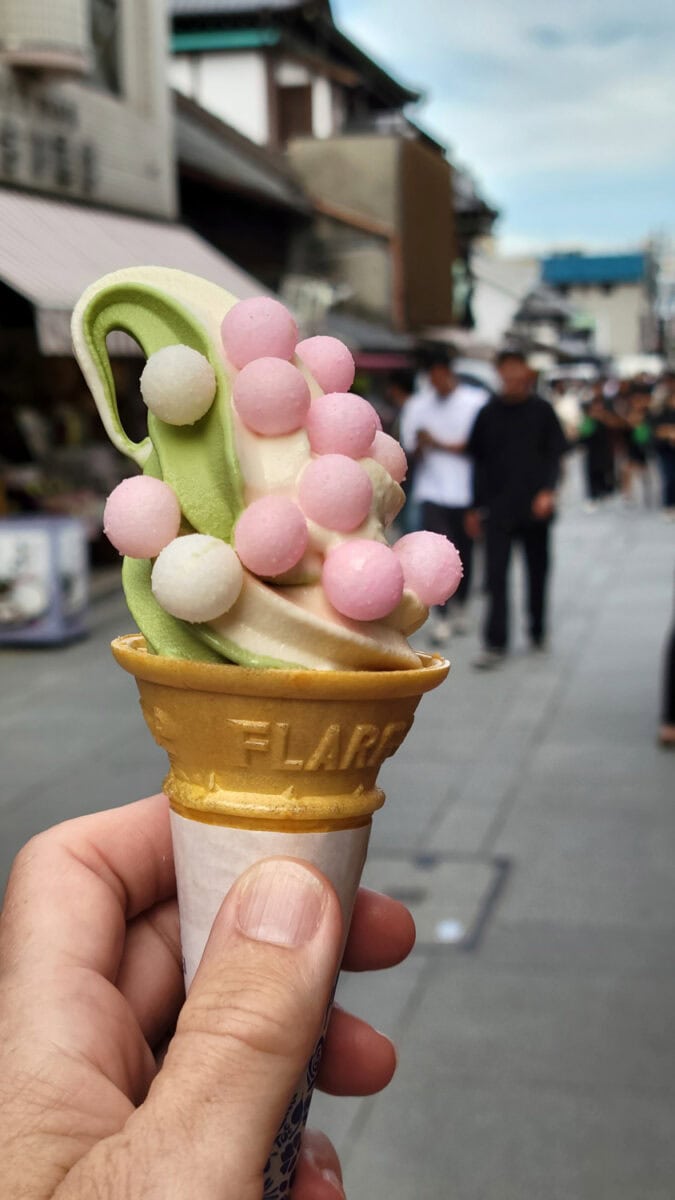
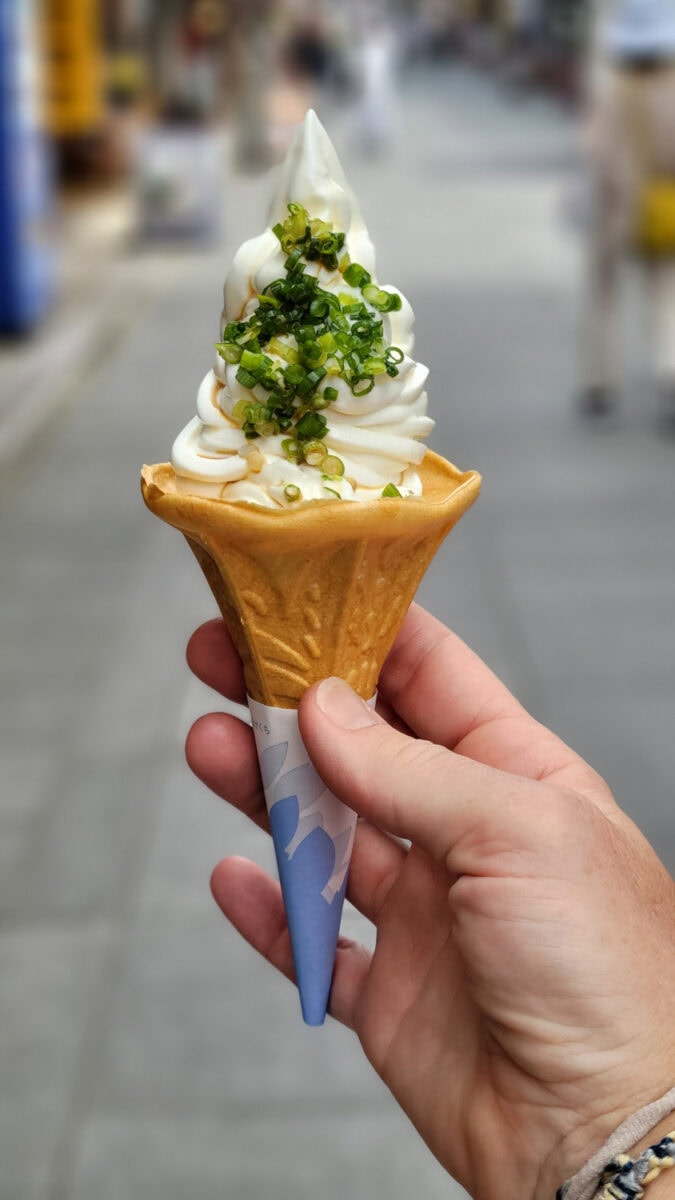
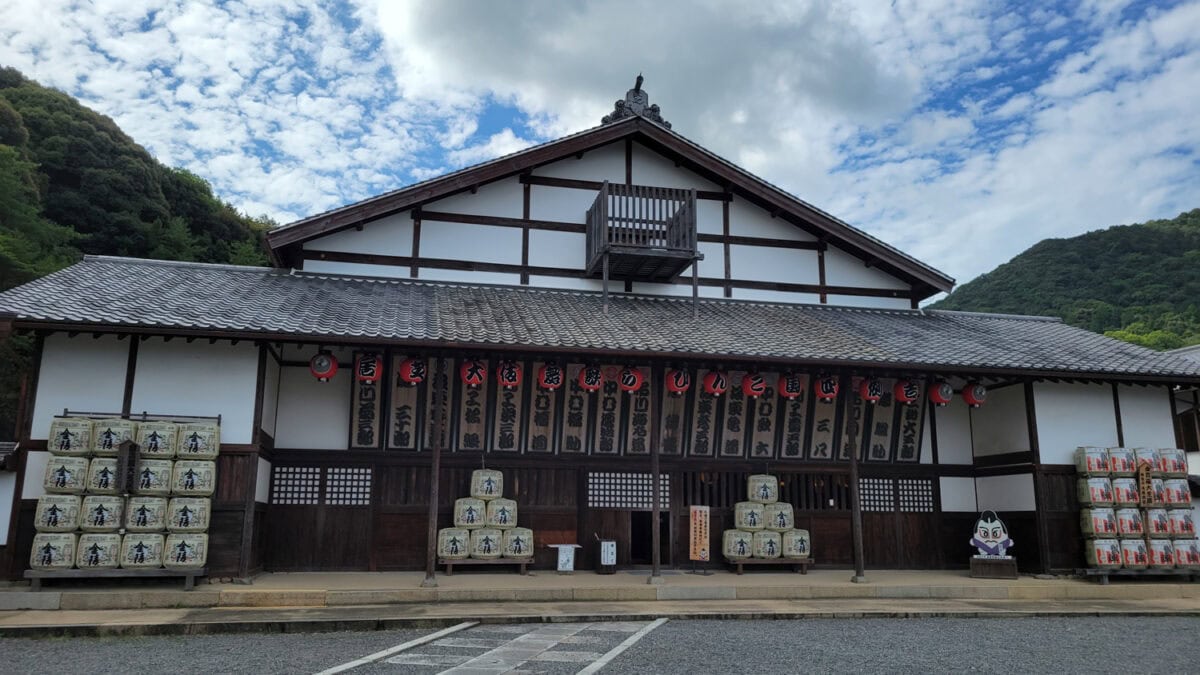
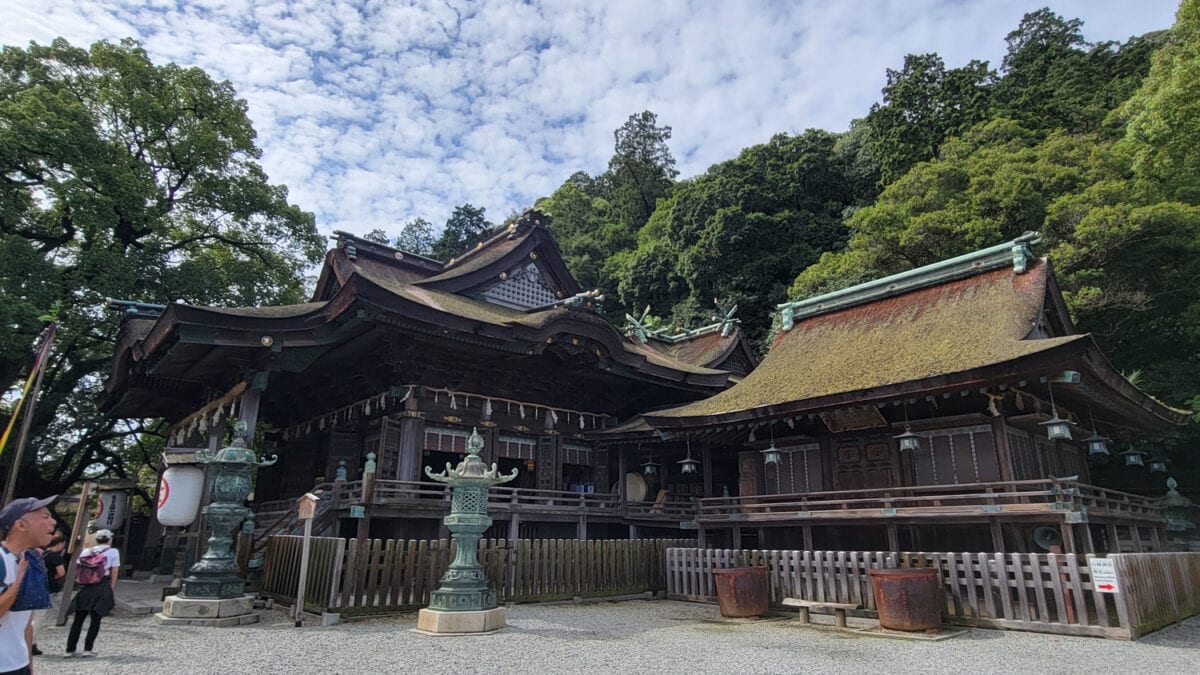
How to Get to Kotohira
Kotohira is accessible from Takamatsu Airport on Shikoku or from Okayama Station on the Sanyo Shinkansen. From Takamatsu Station, take a train to either JR Kotohira or Kotoden Kotohira Station via Takamatsu-Chikko Station, next to Takamatsu Castle. Both journeys take about an hour.
Utilize 12Go to Get to Japan’s Hidden Gems
With so many public transportation options to get around Japan, it can be confusing to figure out how to compare prices and timetables. However, 12Go helps you compare different modes of transportation in Japan easily from their website or mobile app. You can search on dates and locations and find all of the options and book right from the site – including buses, ferries, trains, hotel-airport transfer, and more.
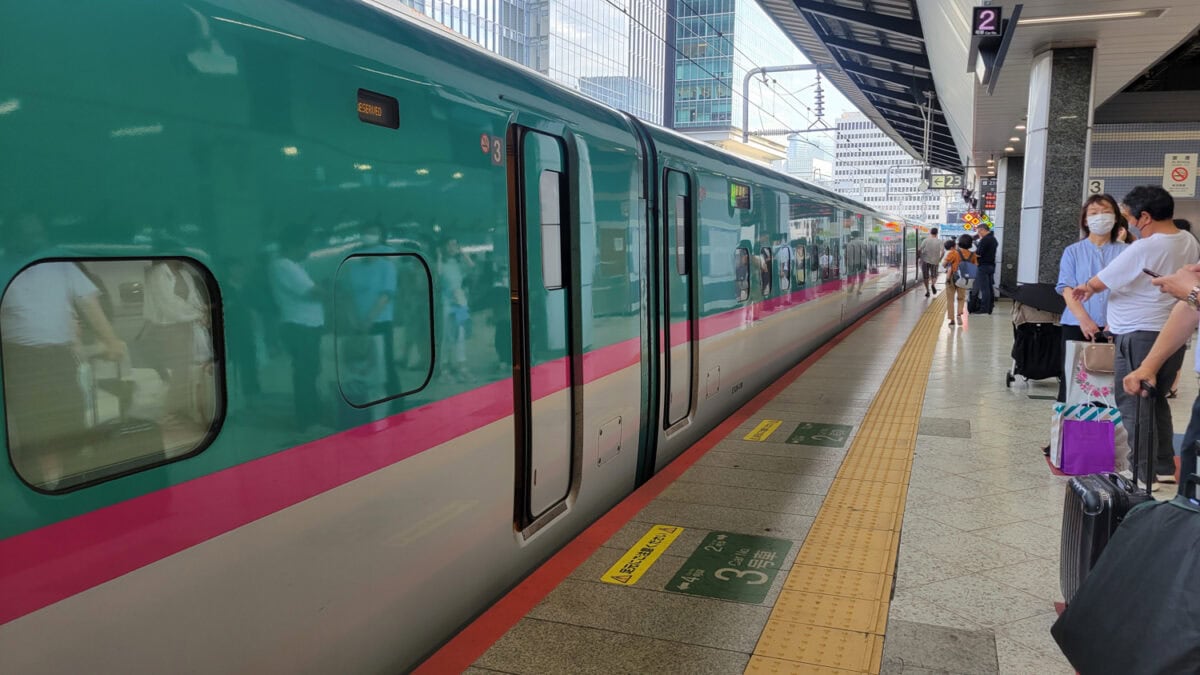
How to Plan Your Japan Off the Beaten Path Adventure
I have utilized a few companies that specialize in creating itineraries that expose you to Japan’s hidden gems. In addition, I have found a few of my own!
I design Japan itineraries that will take you off the beaten path on a customized basis. Let me know your interests, timeframe, and budget, and I will put together a custom itinerary including information about Japan transportation and tips. To learn more, contact me at [email protected]
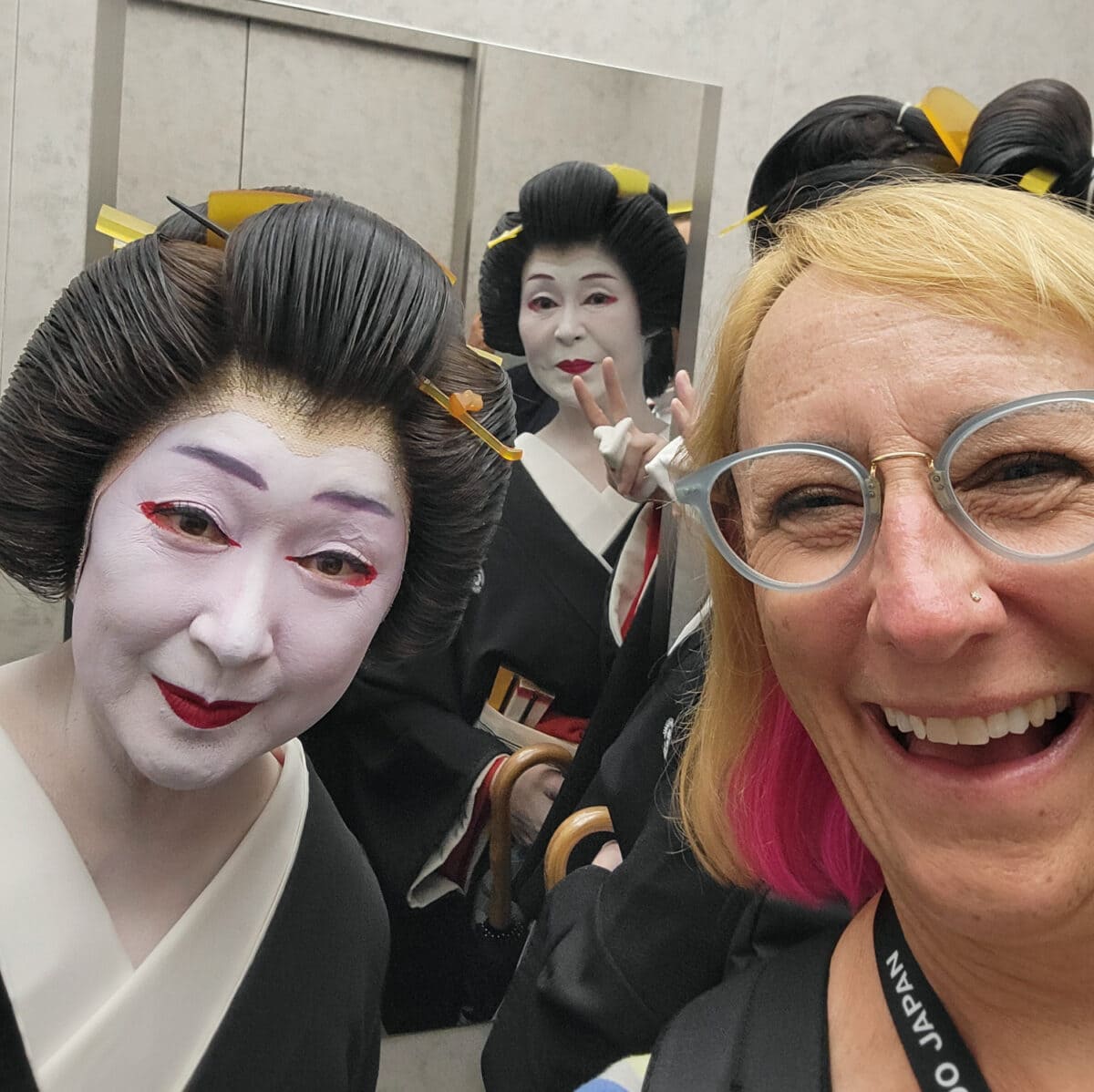
Oku Japan specializes in Japan off the beaten path and hiking in Japan. I’ve done a couple of tours with them, including the Kumano Kodo pilgrimage, and love the unique experiences they offer with locals, such as indigo dying, opportunities to meet monks, and more. They operate guided, self-guided, and custom tours around communities deep in the countryside that preserve the traditions of the past.
You can get a 5% discount off Oku Japan bookings when you use the code OTTSWORLD5. Guests will need to enter the code in the ‘Notes and Special Requests’ field when they book on OkuJapan.com to have the discount applied.
Inside Japan Tours is also a great tour company with great guides who will immerse you in the hidden gems of Japan.
Experience Japan Less Traveled
Japan offers a wealth of captivating experiences beyond its famous tourist destinations. Venturing off the beaten path to any of these eight destinations allows travelers to uncover hidden gems, immerse themselves in authentic cultural encounters, and witness the beauty of Japan’s less-explored regions. By stepping away from the tourist crowds and embracing the serendipity of discovery, travelers can forge deeper connections with the country’s rich history, culture, and natural beauty, making their visit to Japan unforgettable.
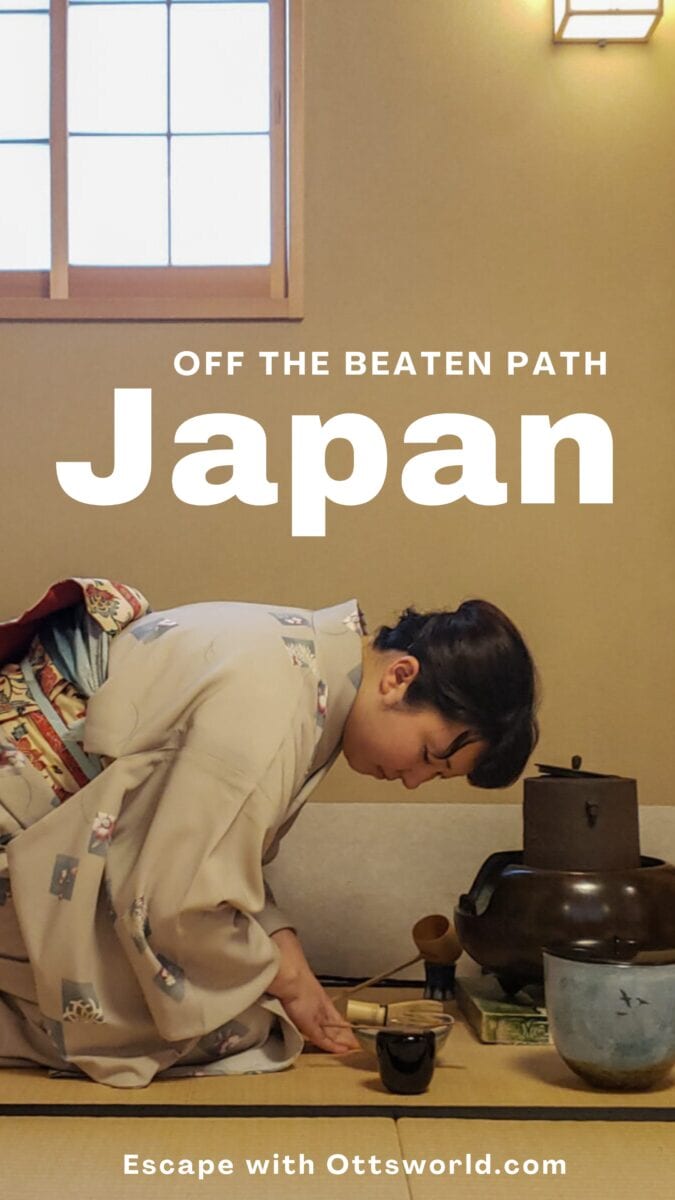
Related
There has never been a better time to plan your next trip and make your Dream vacation a reality . Whether you've been dreaming of relaxing on a sun-kissed beach, exploring ancient cities, or embarking on an epic adventure, now is the perfect moment to make it happen.


